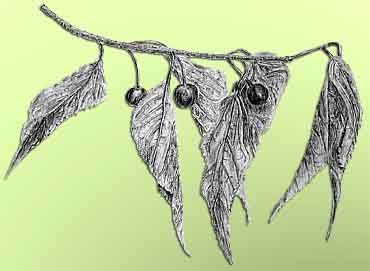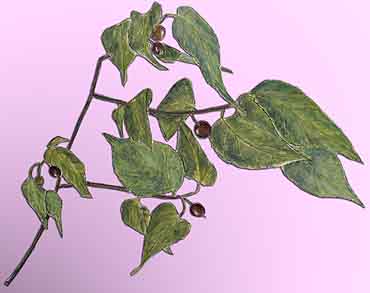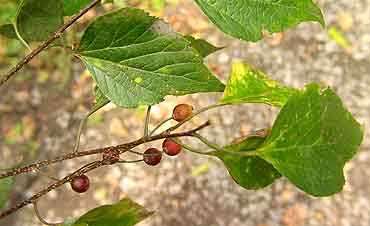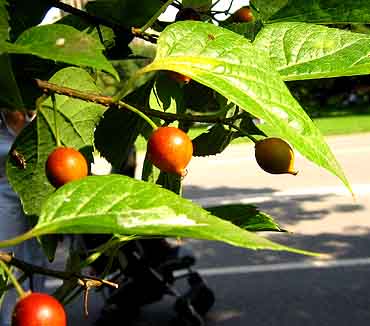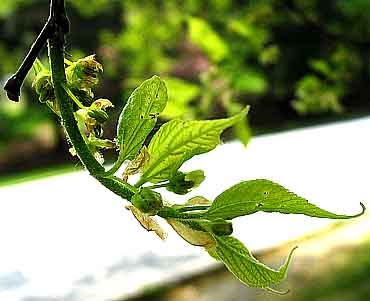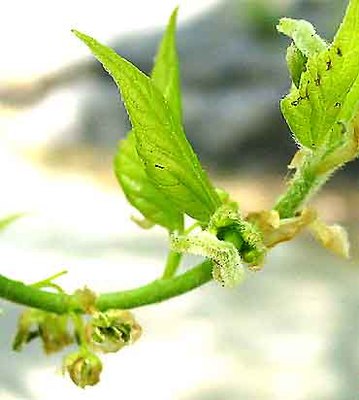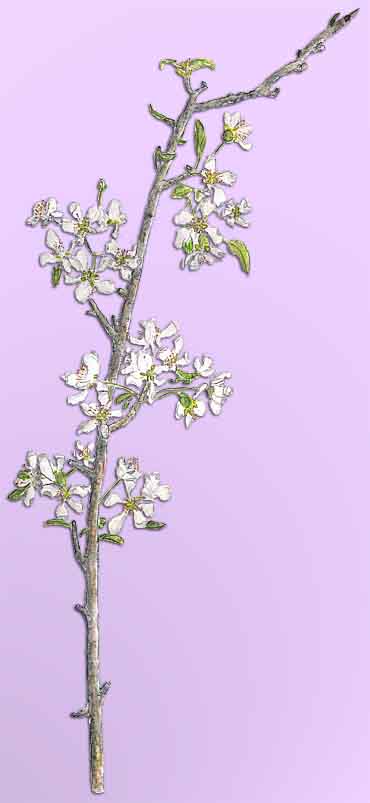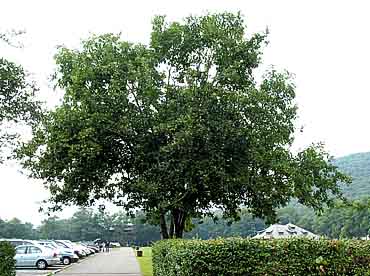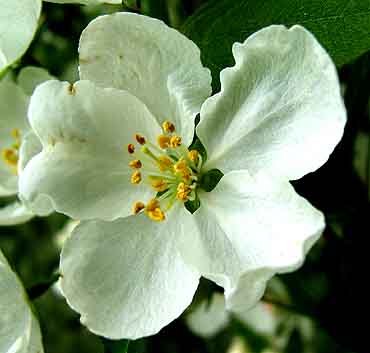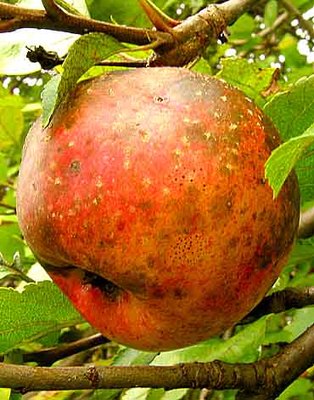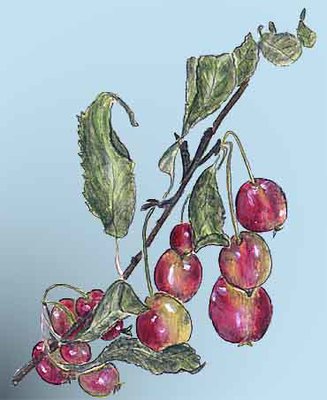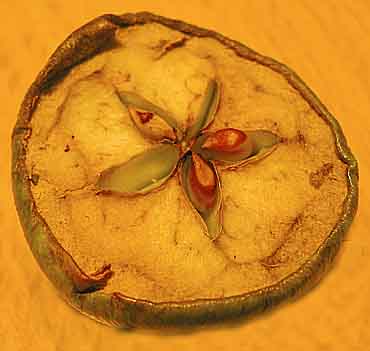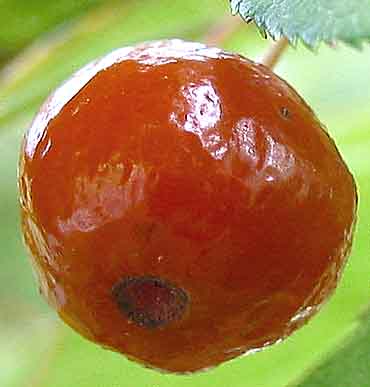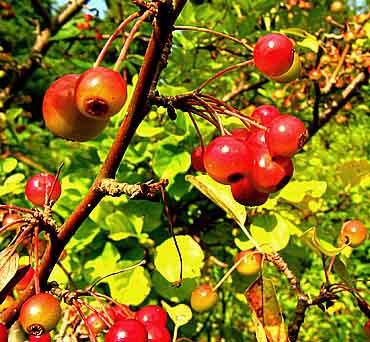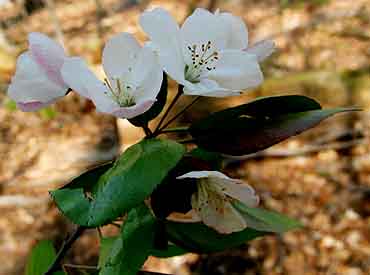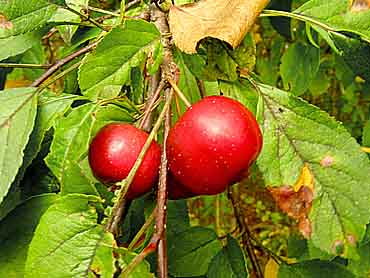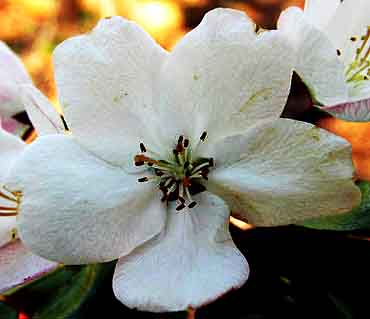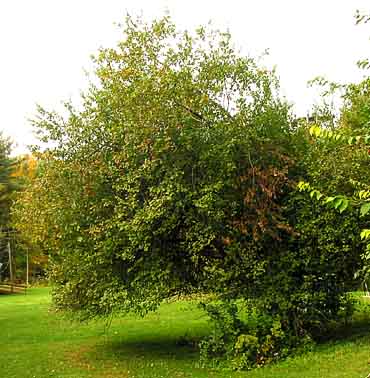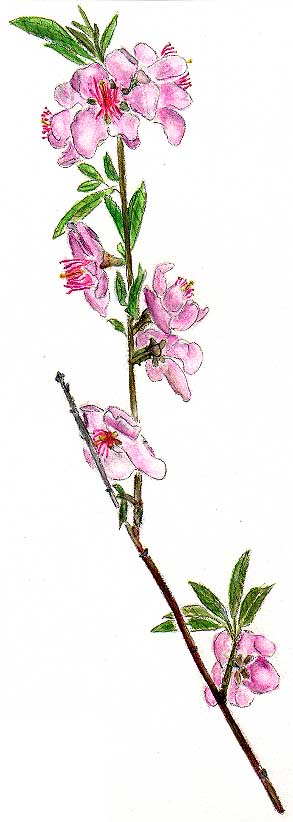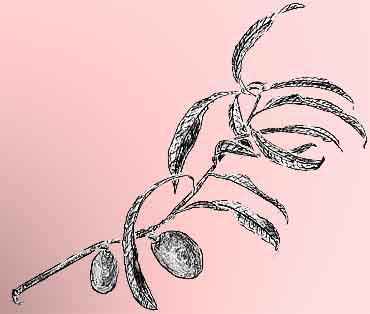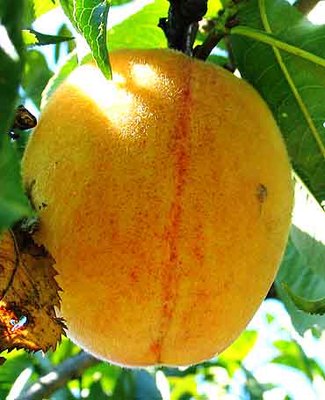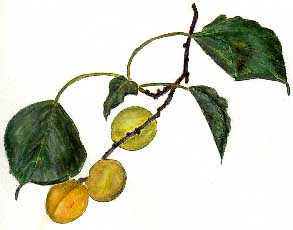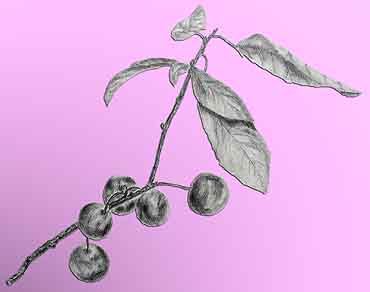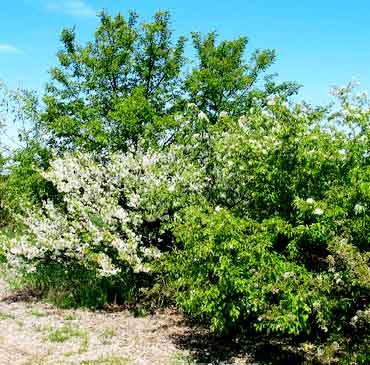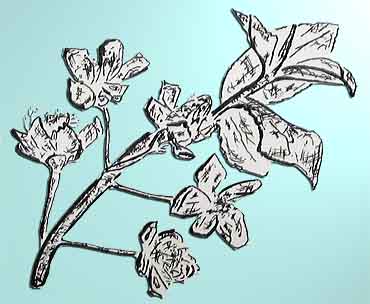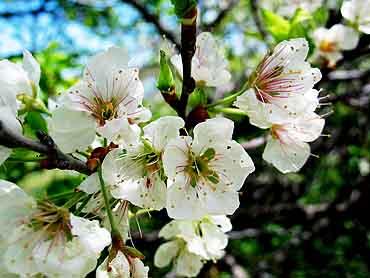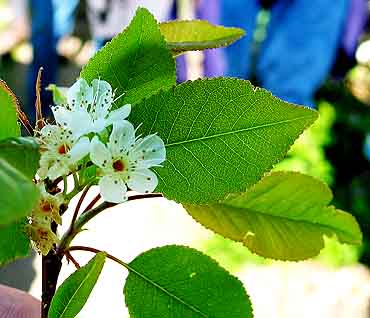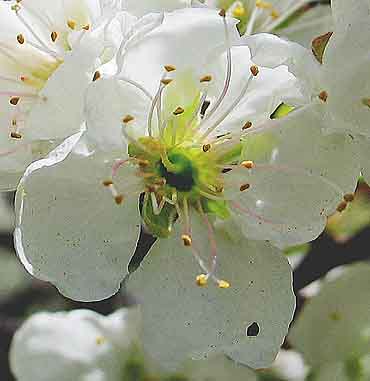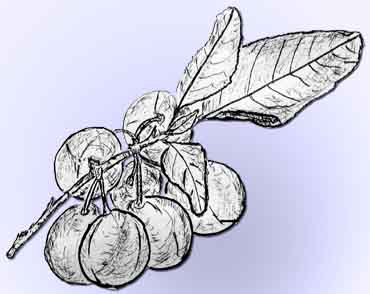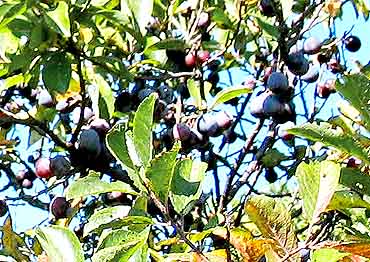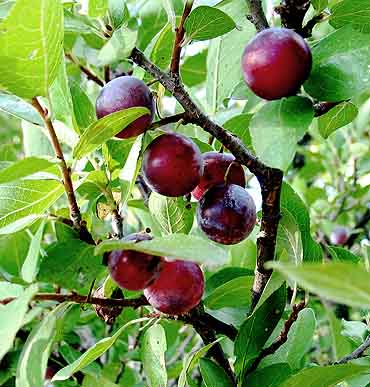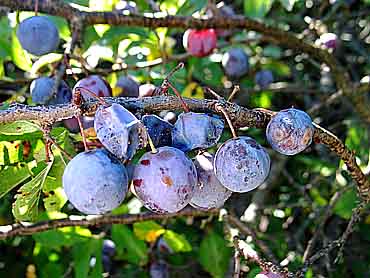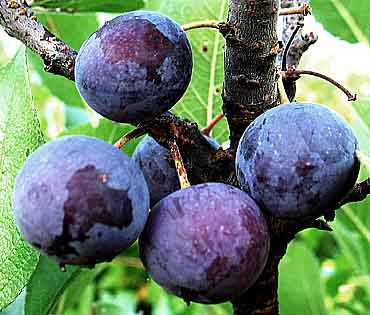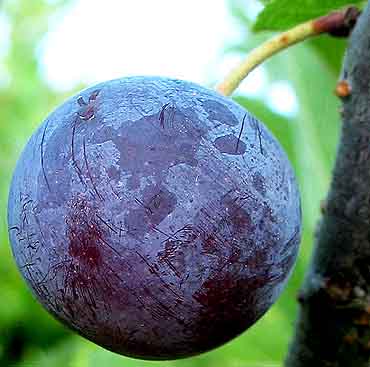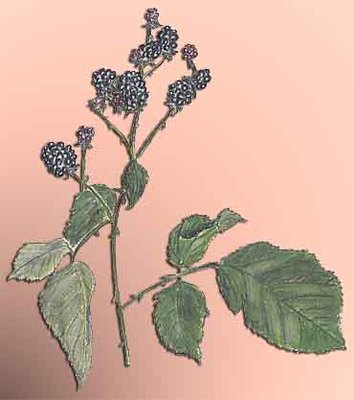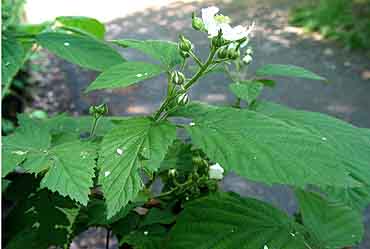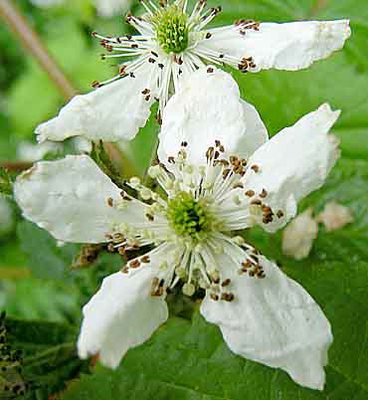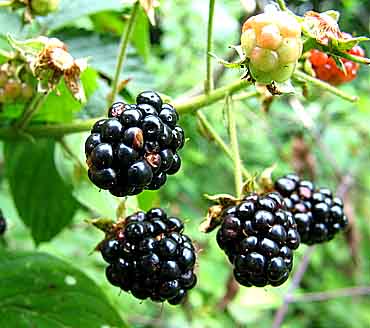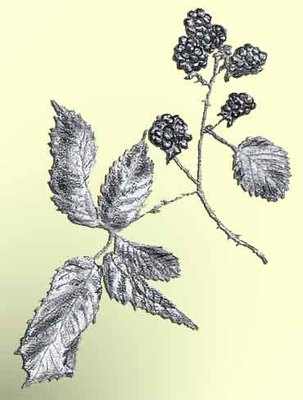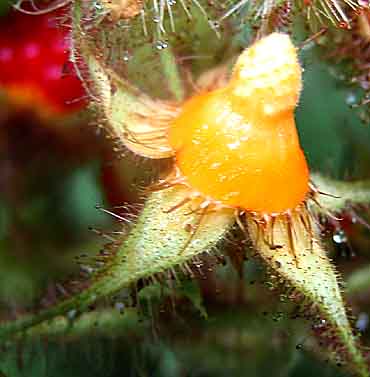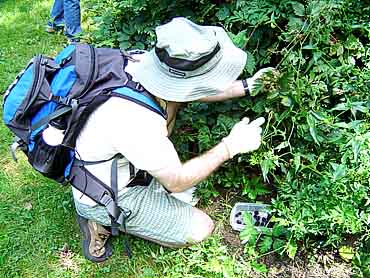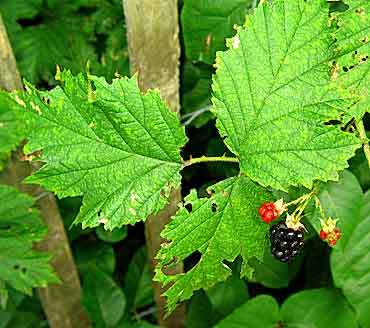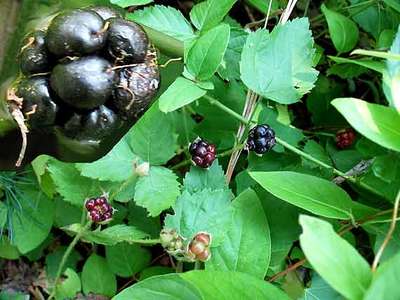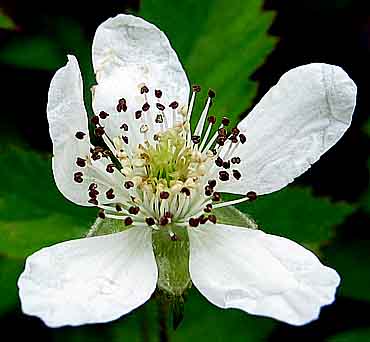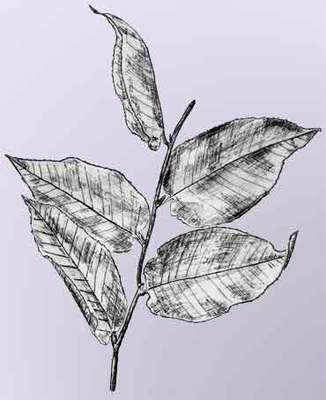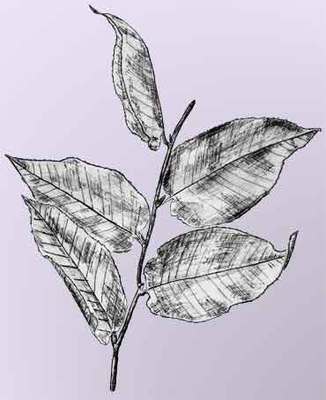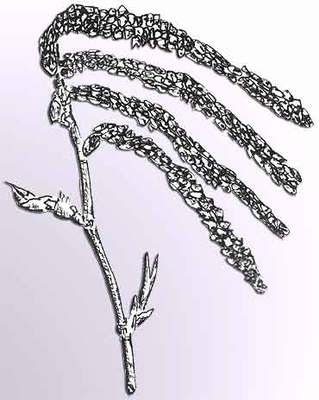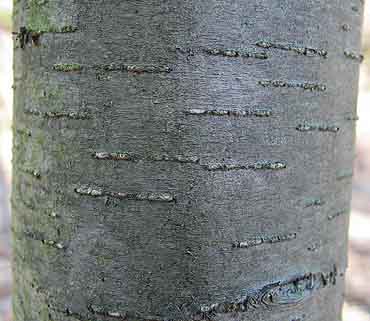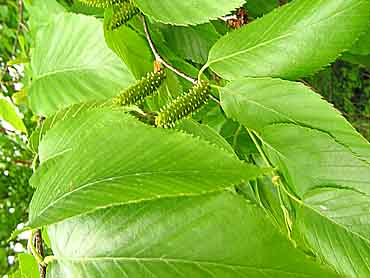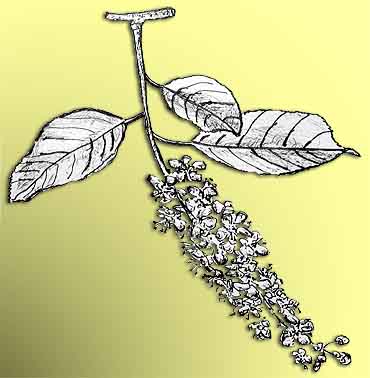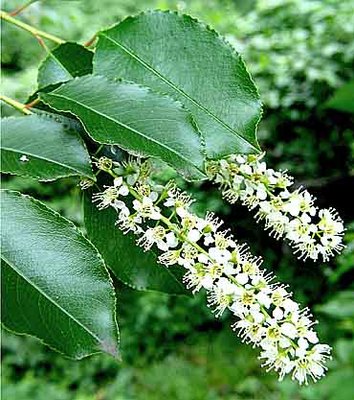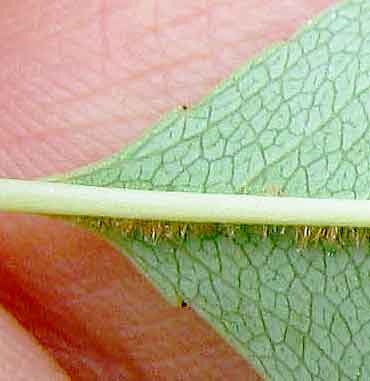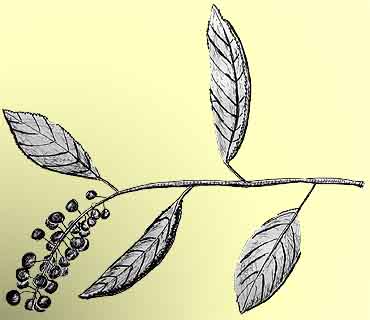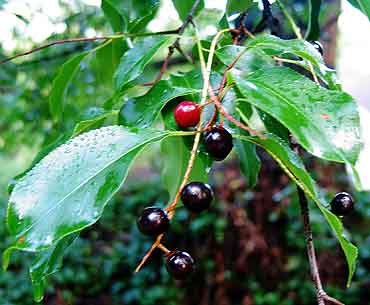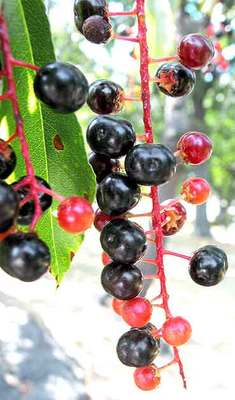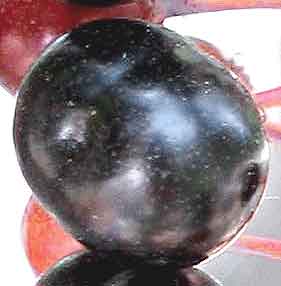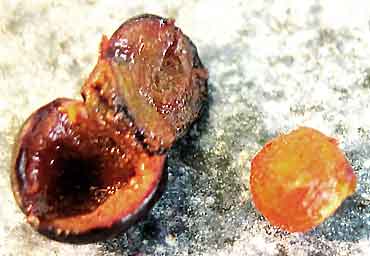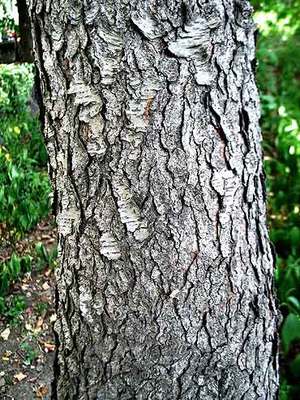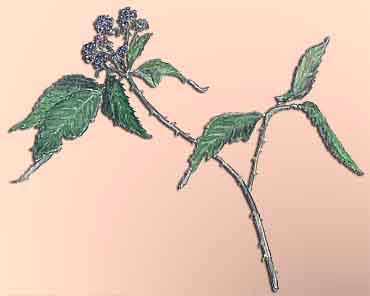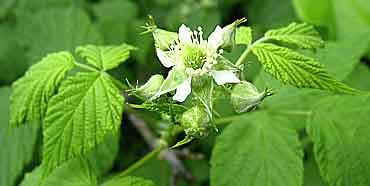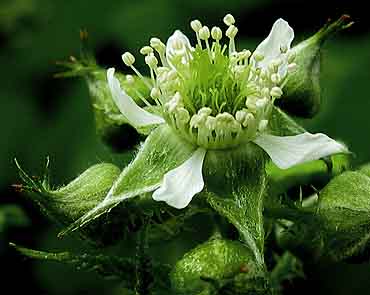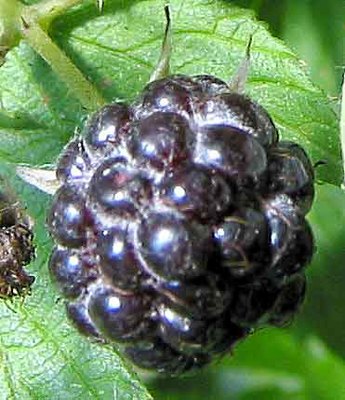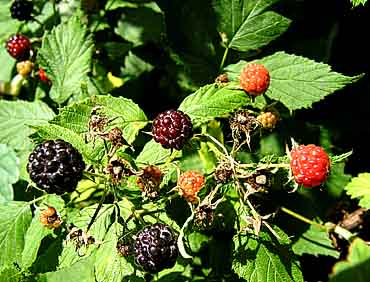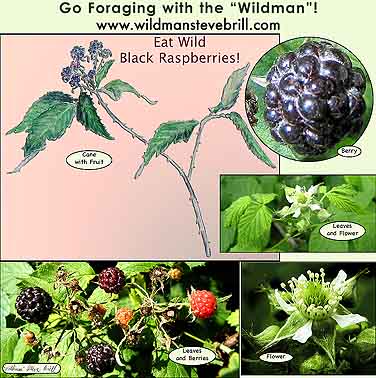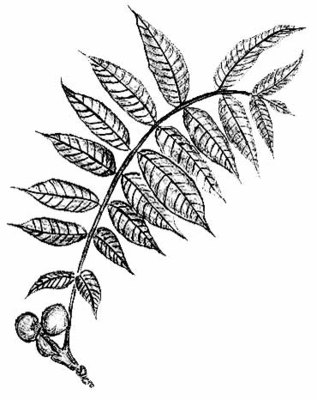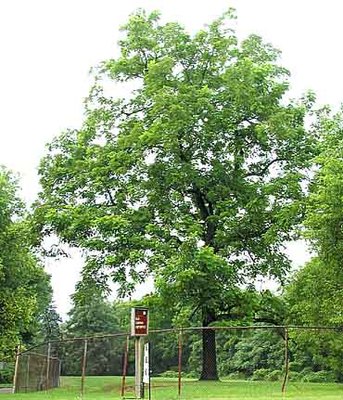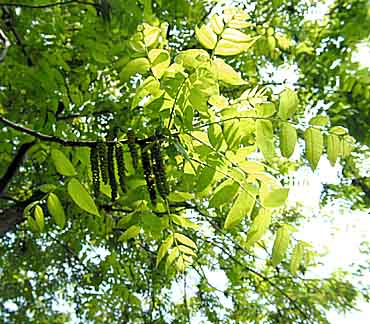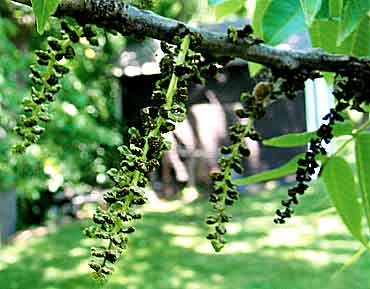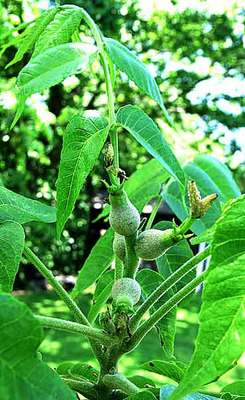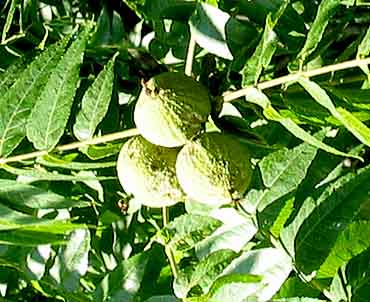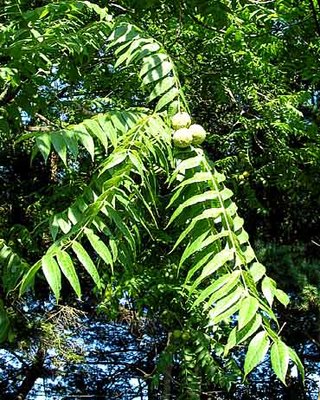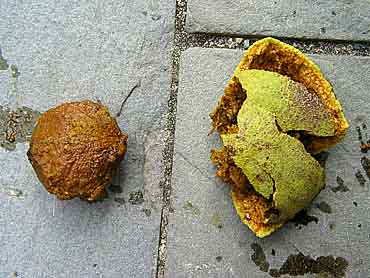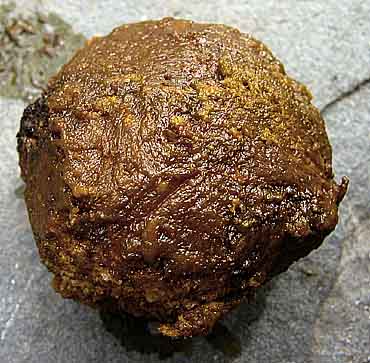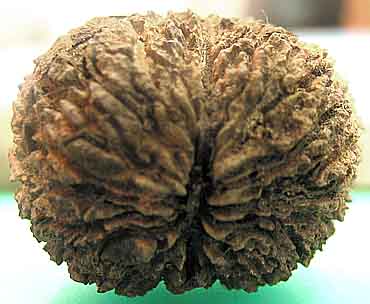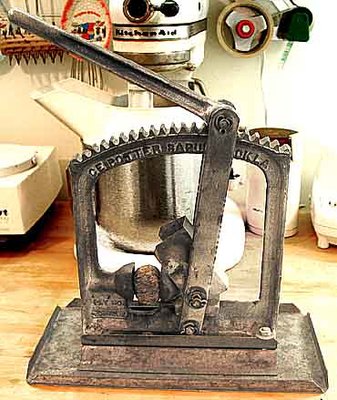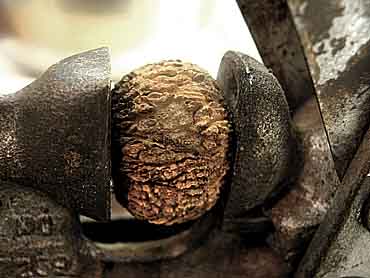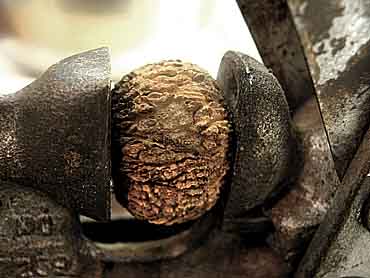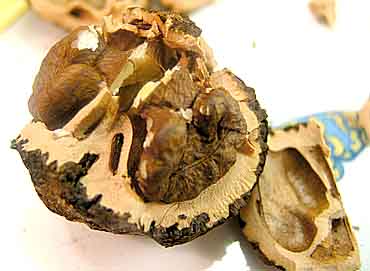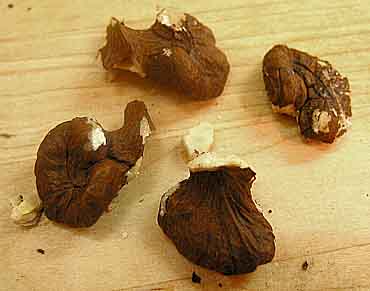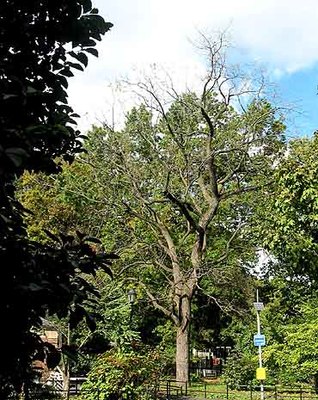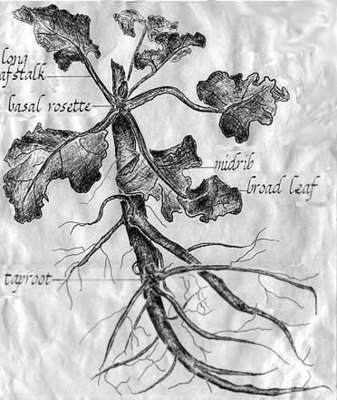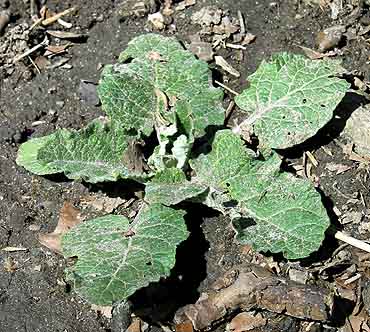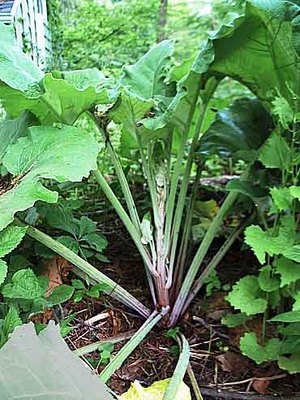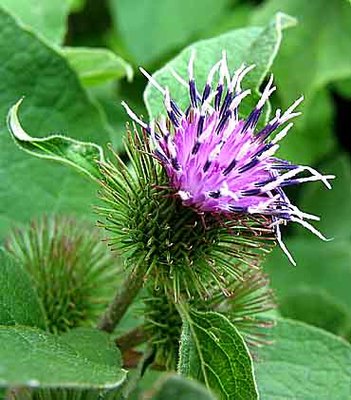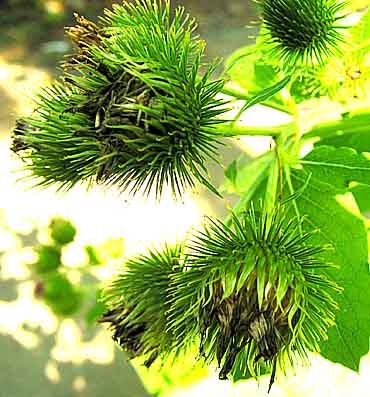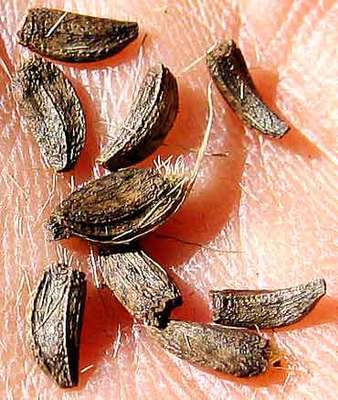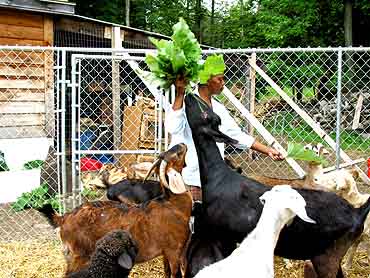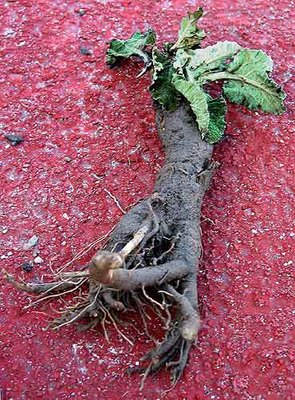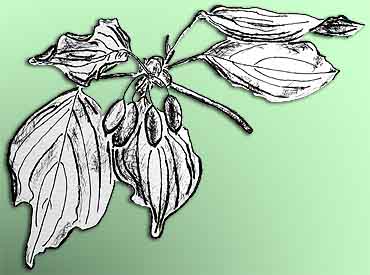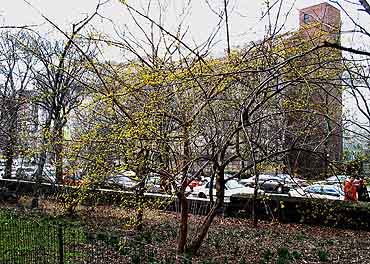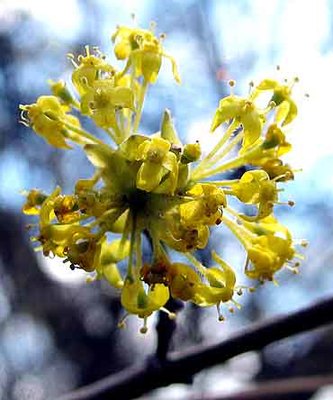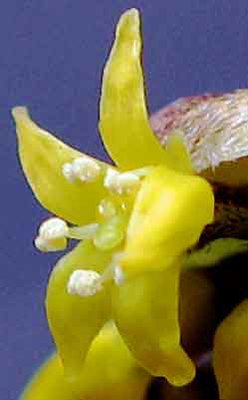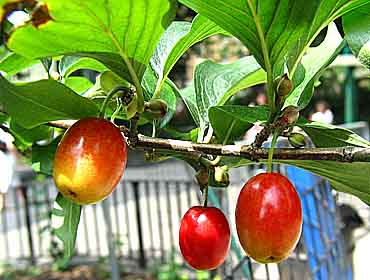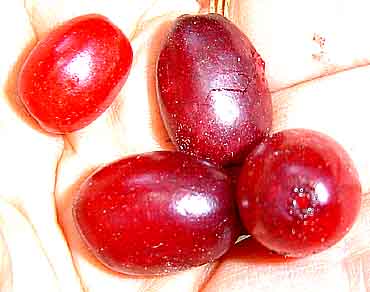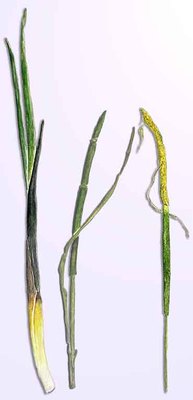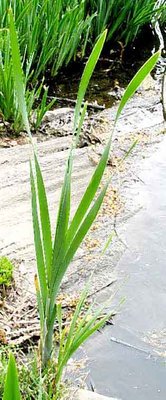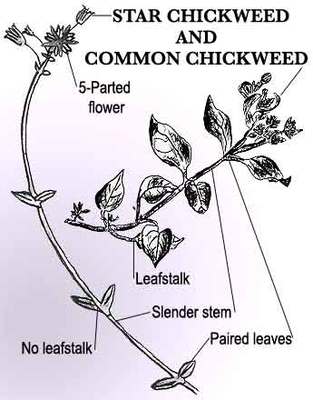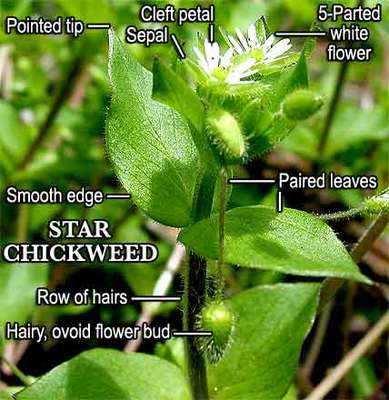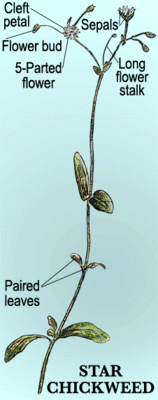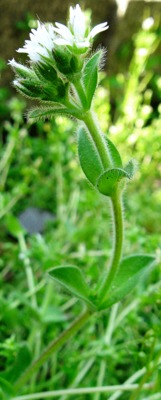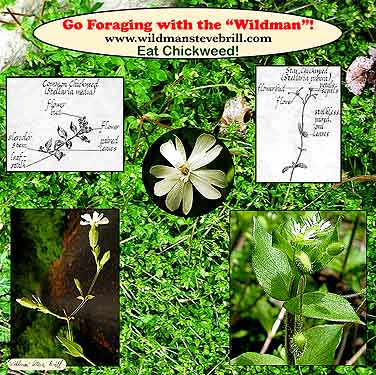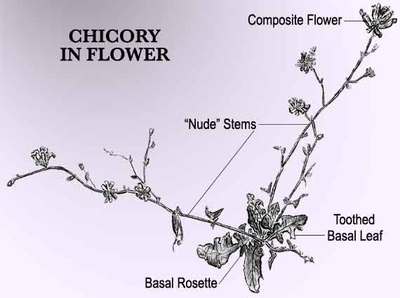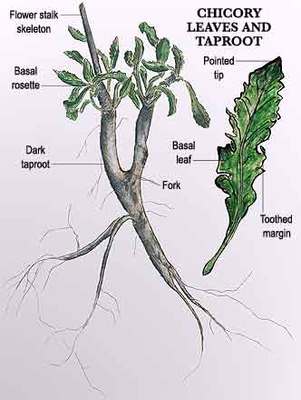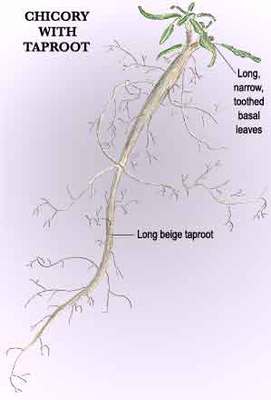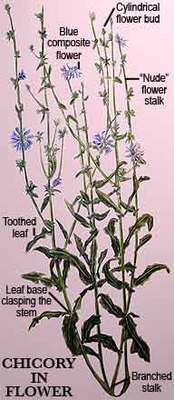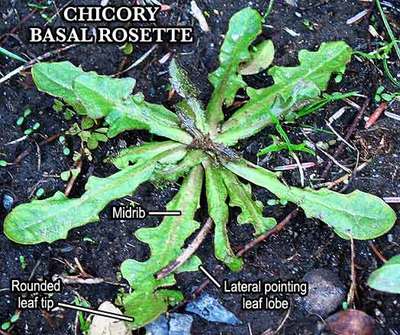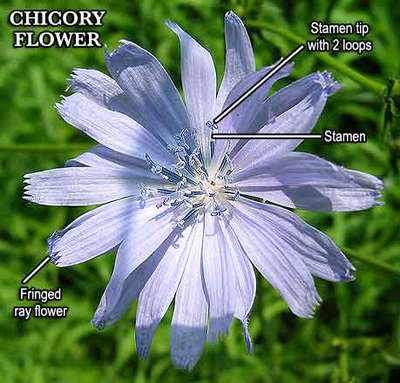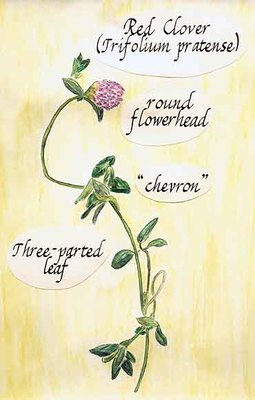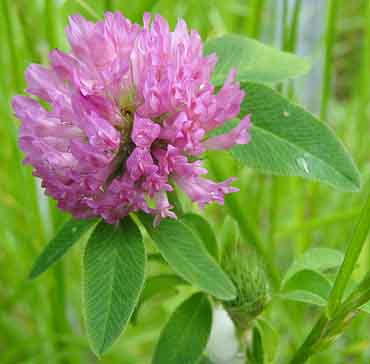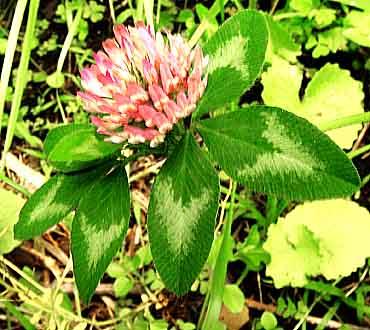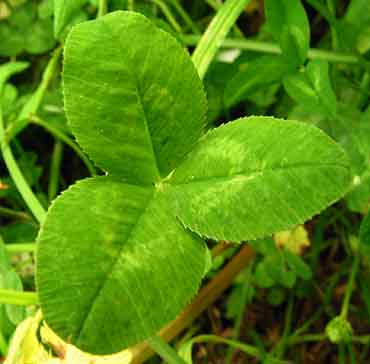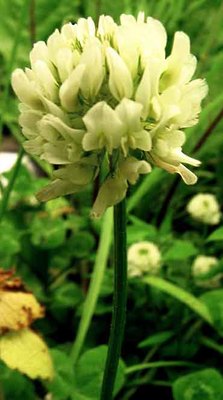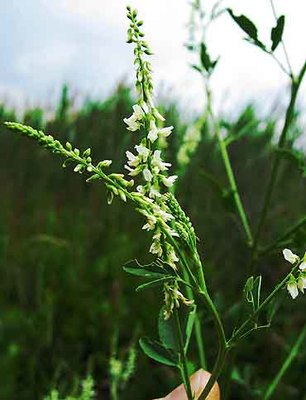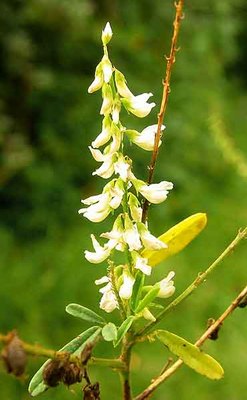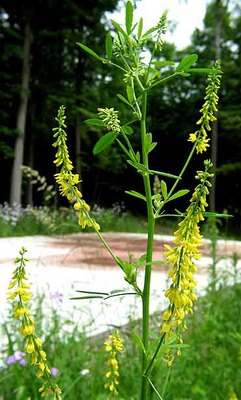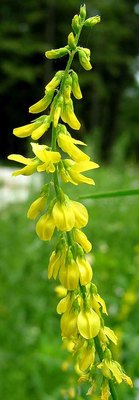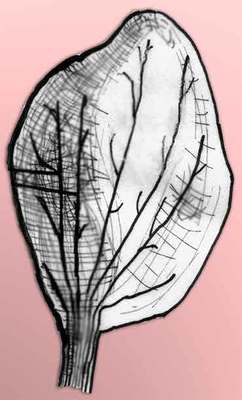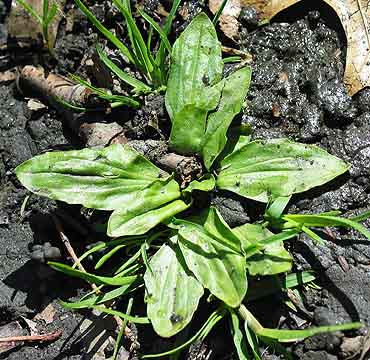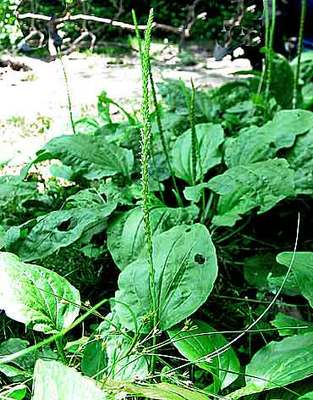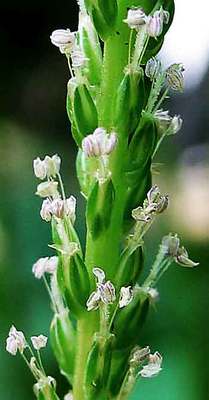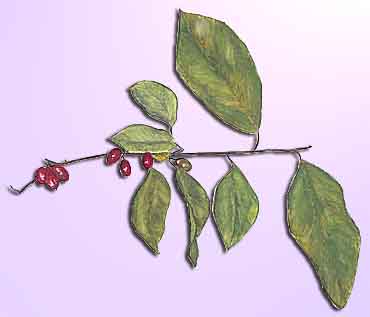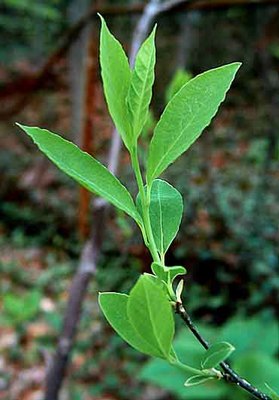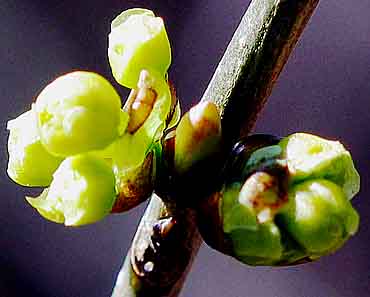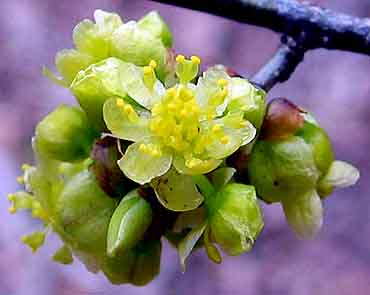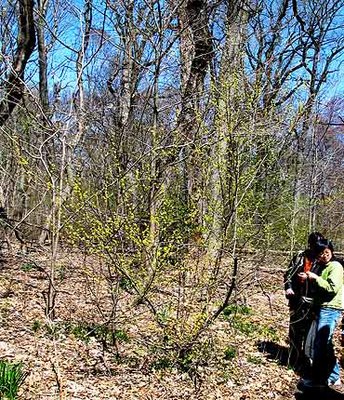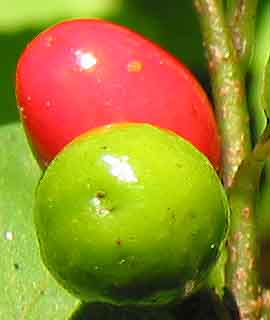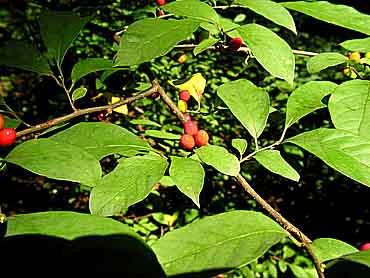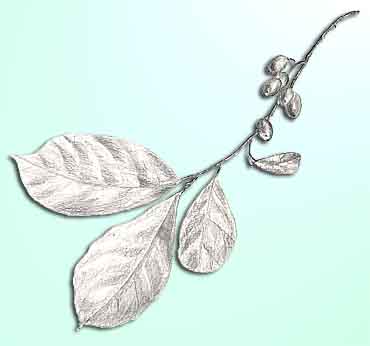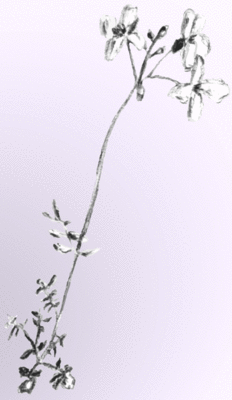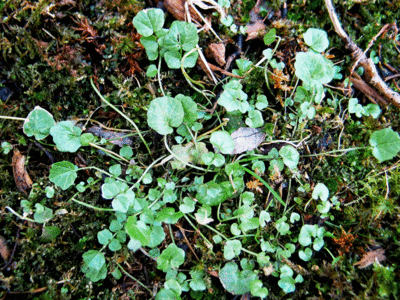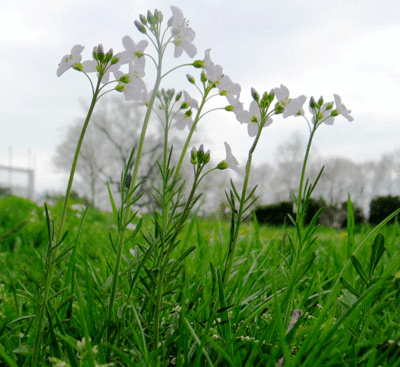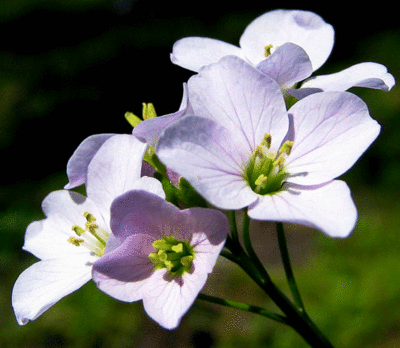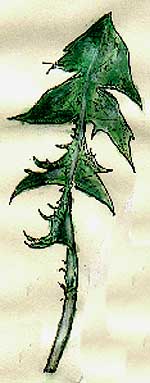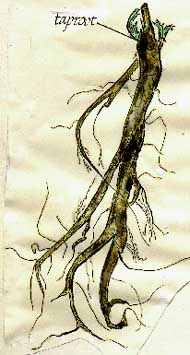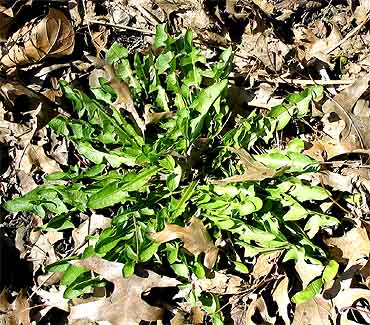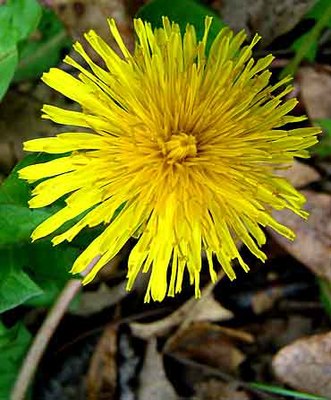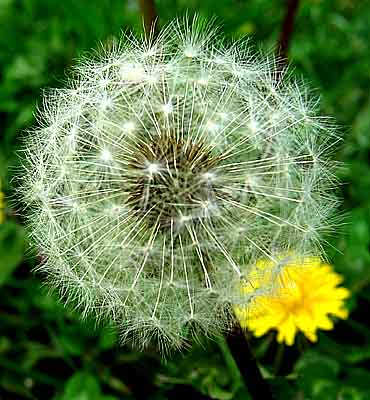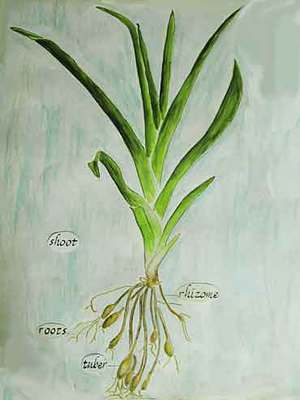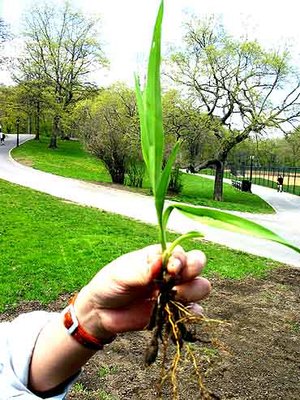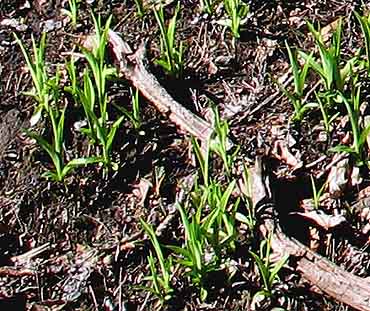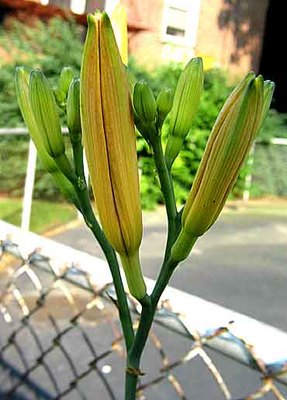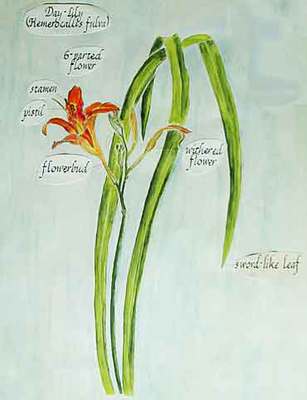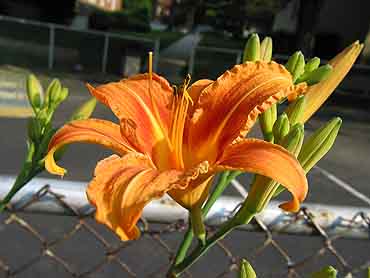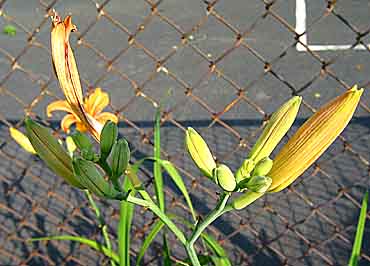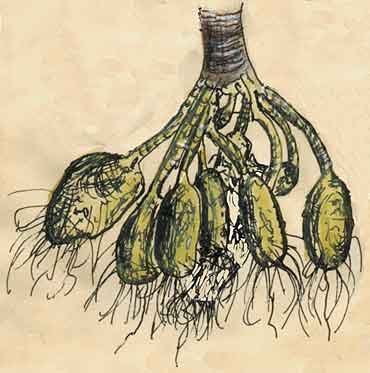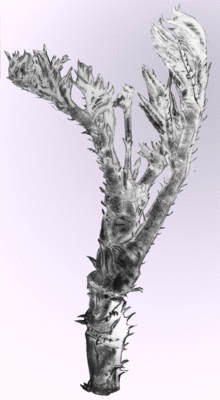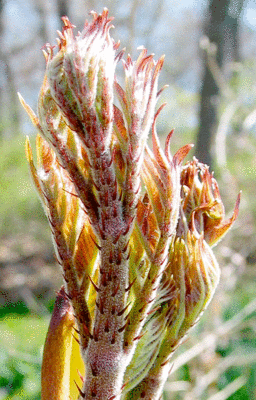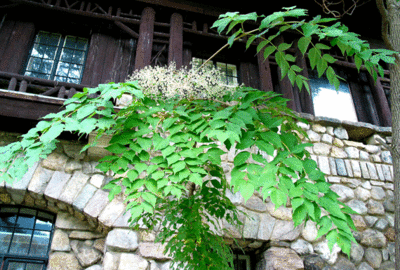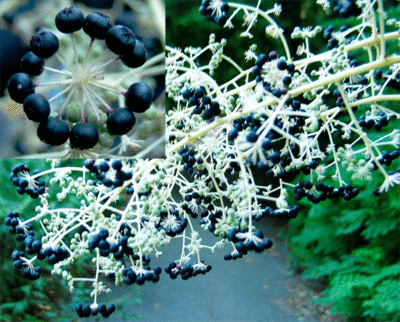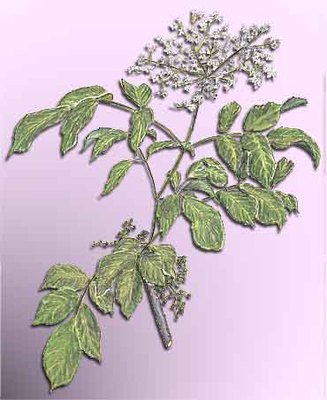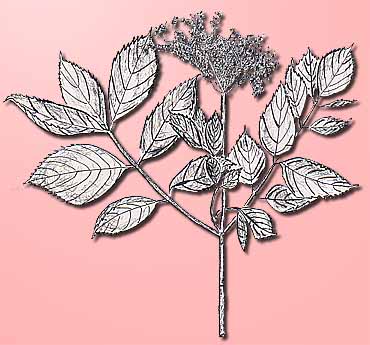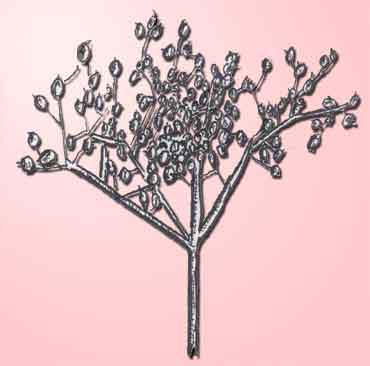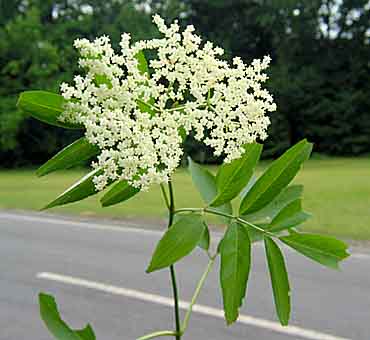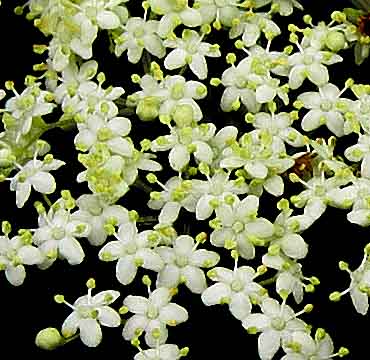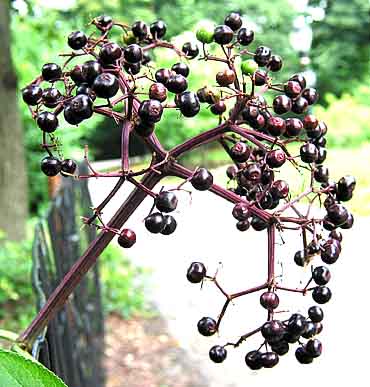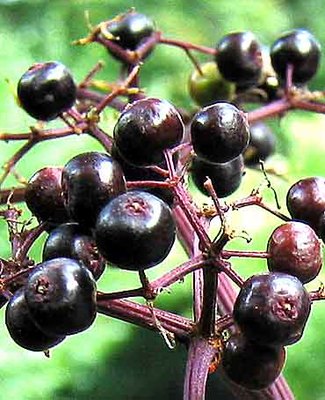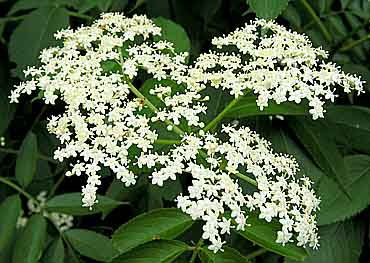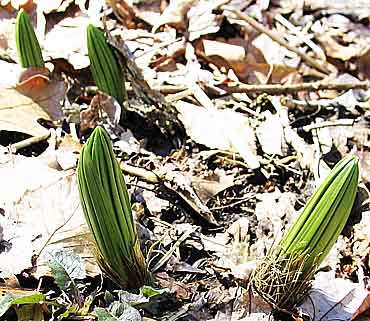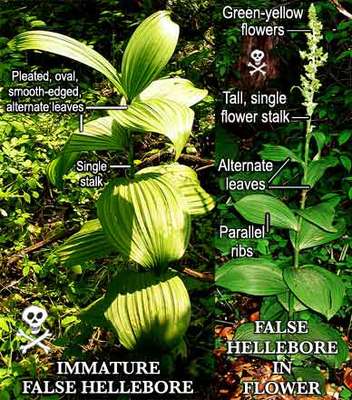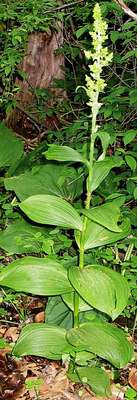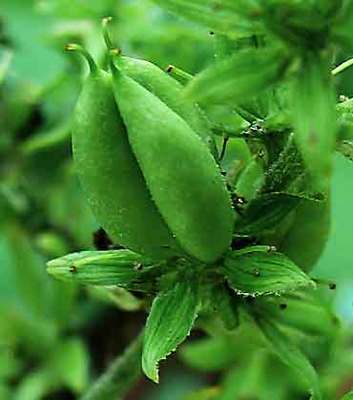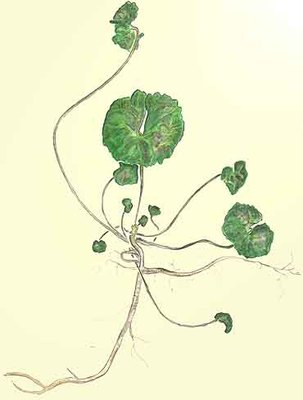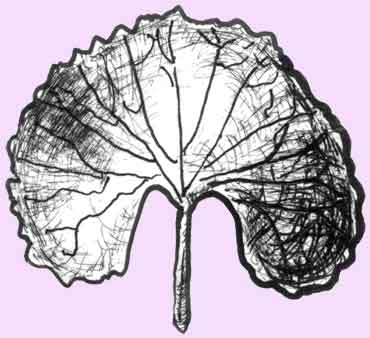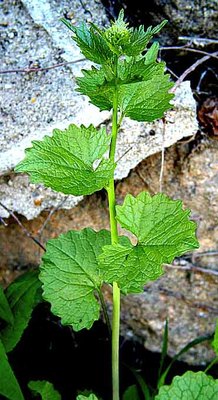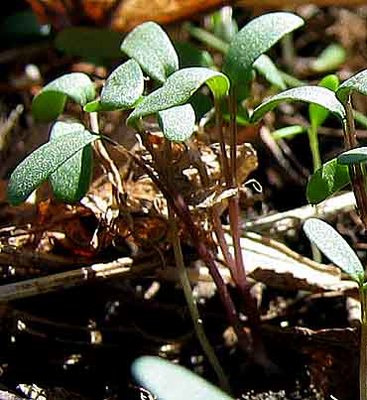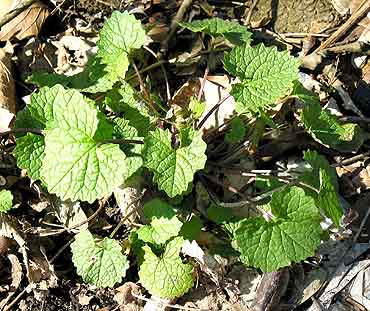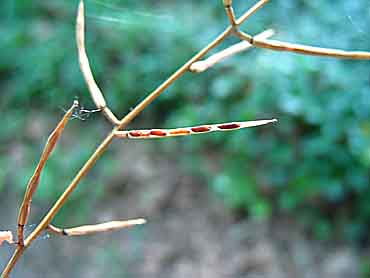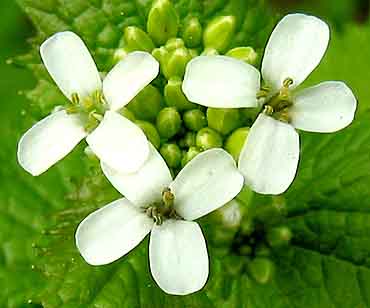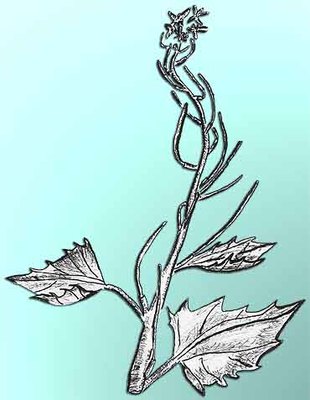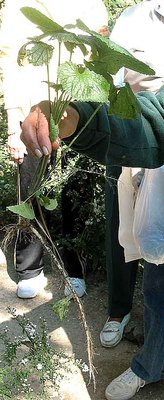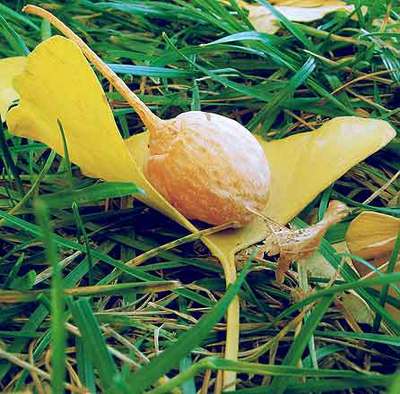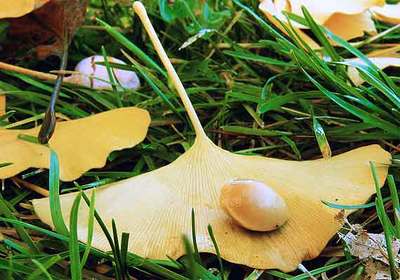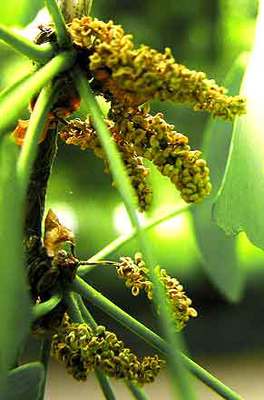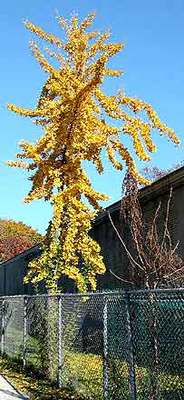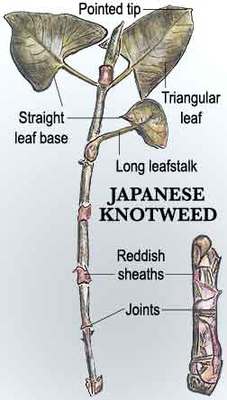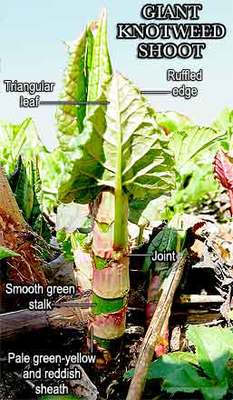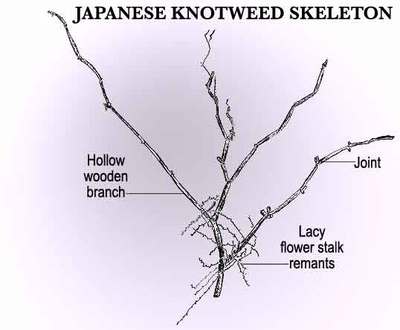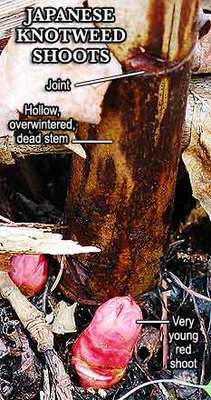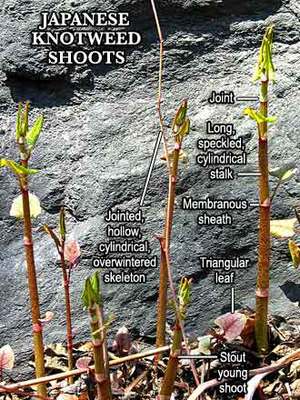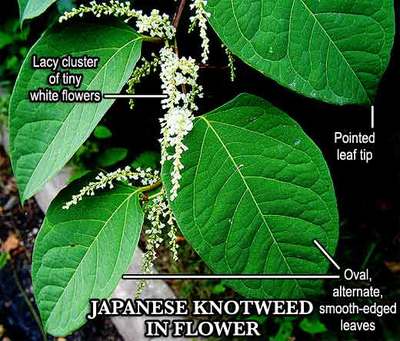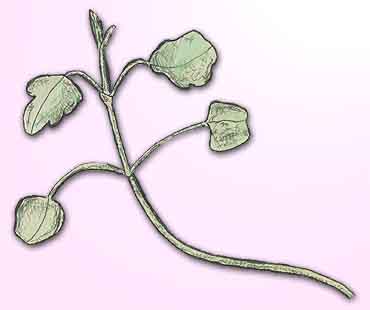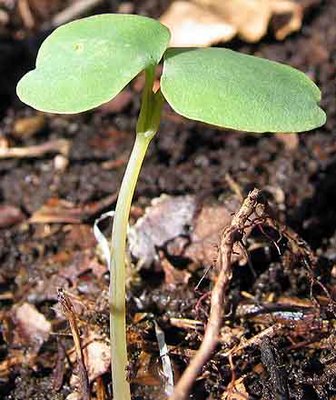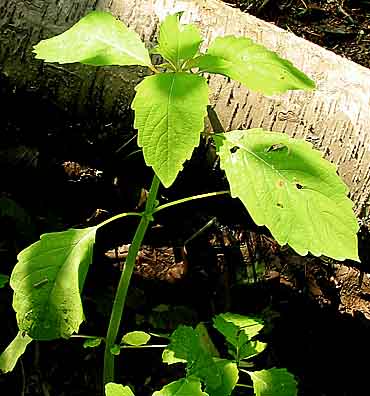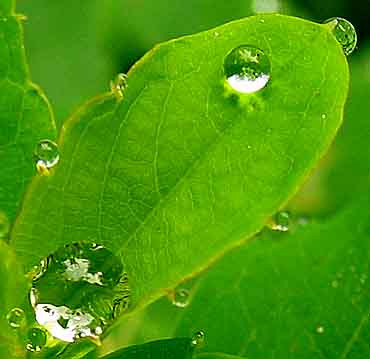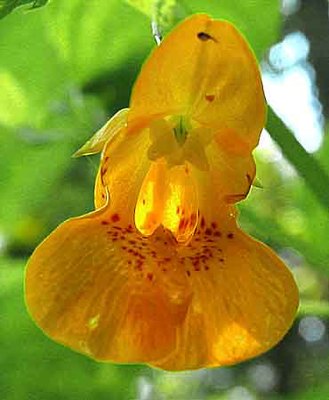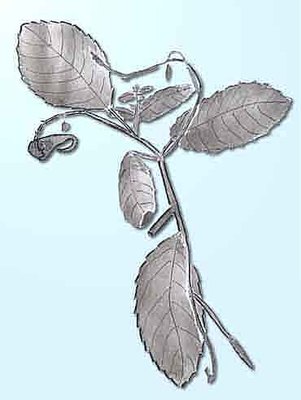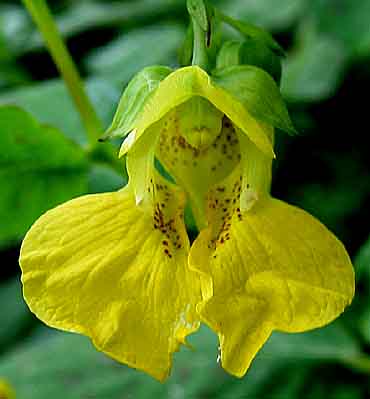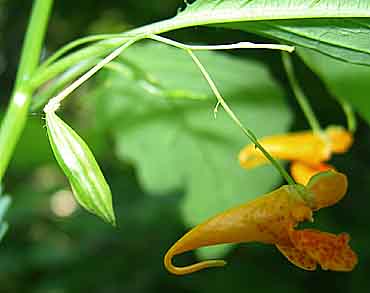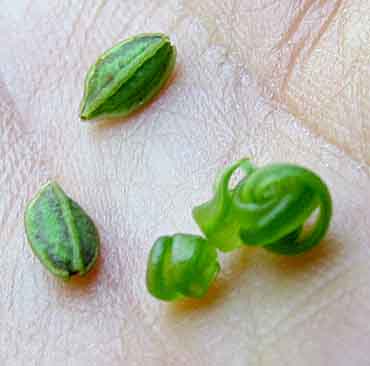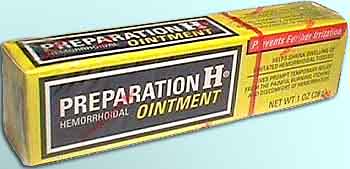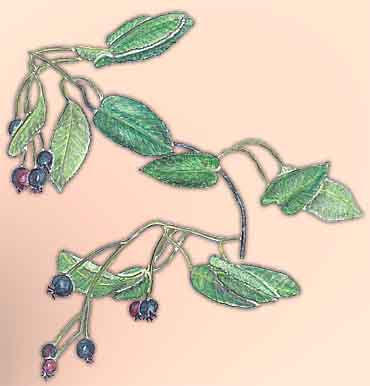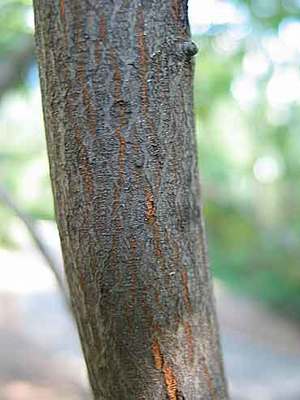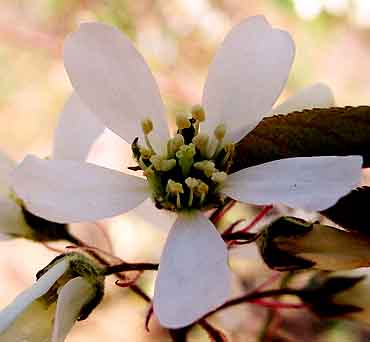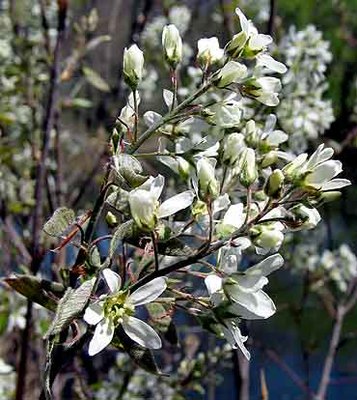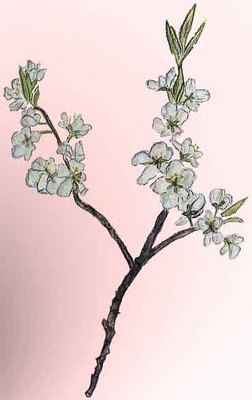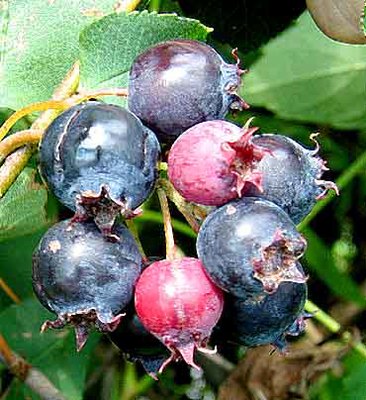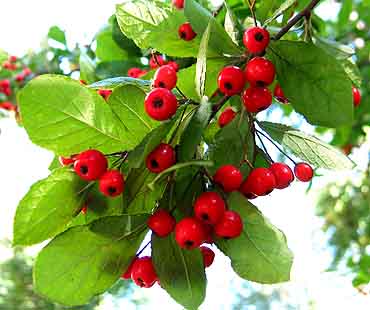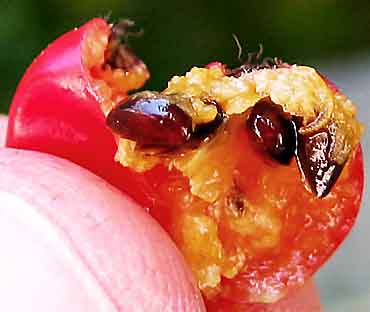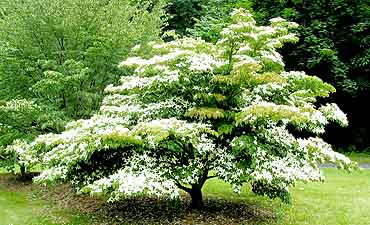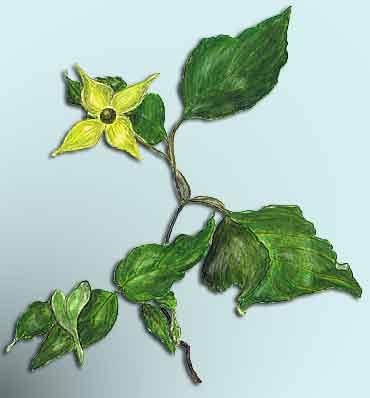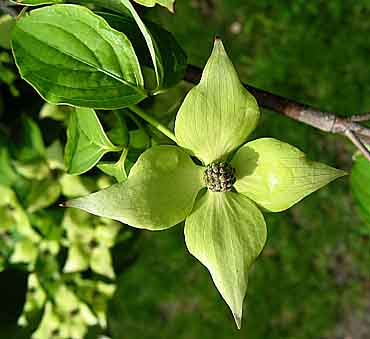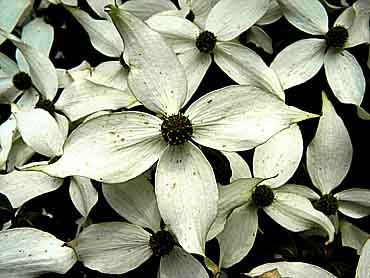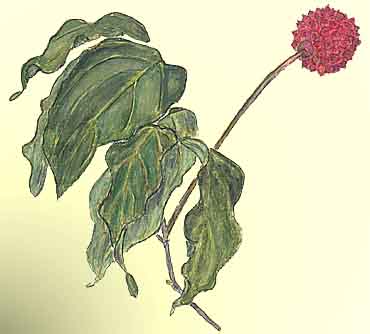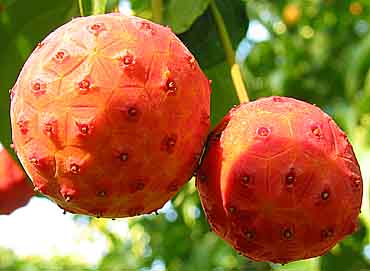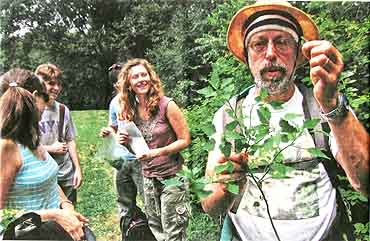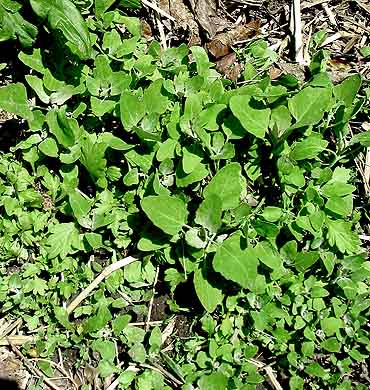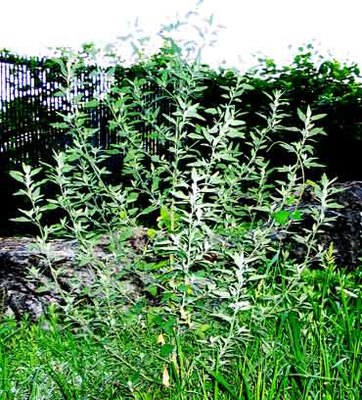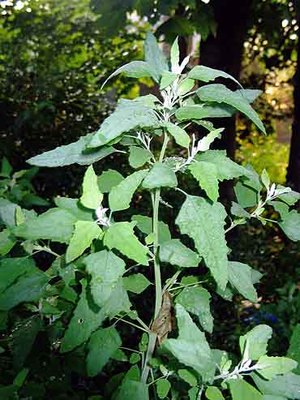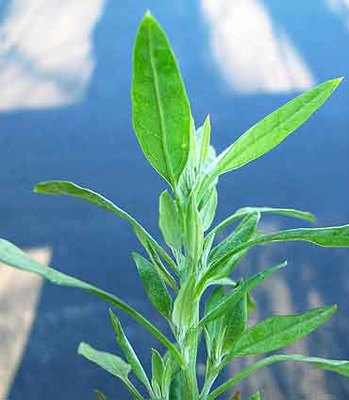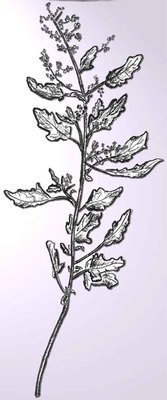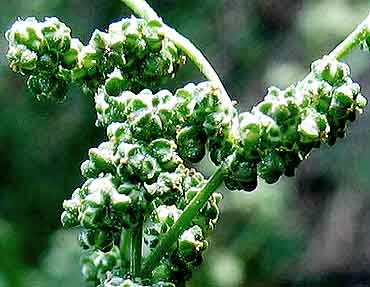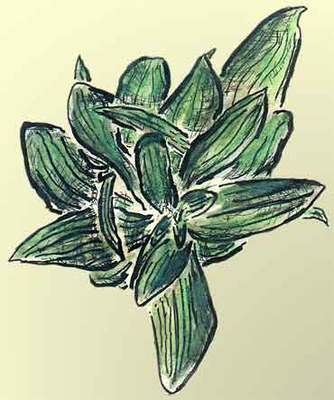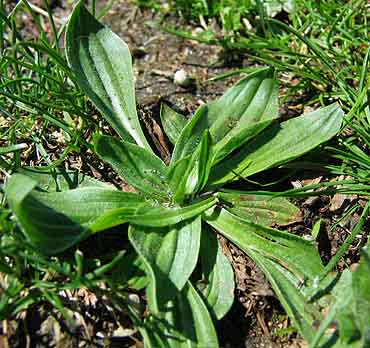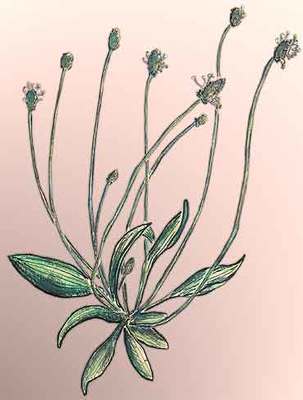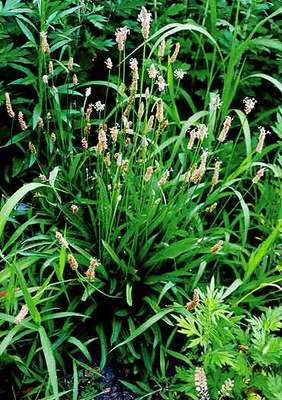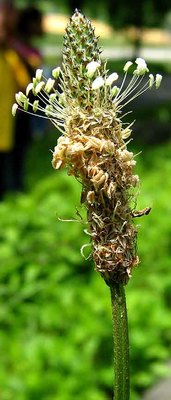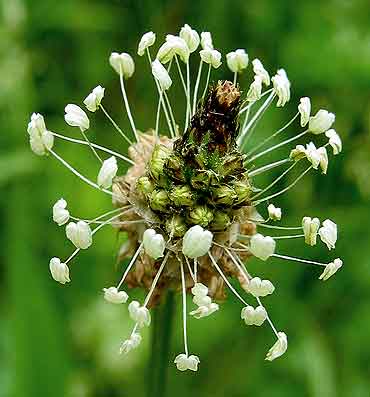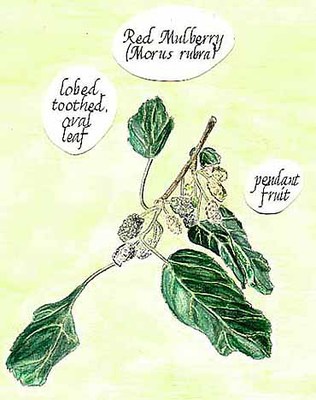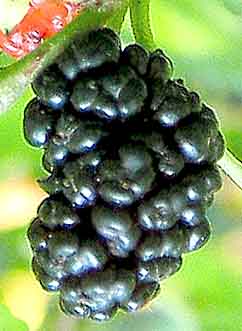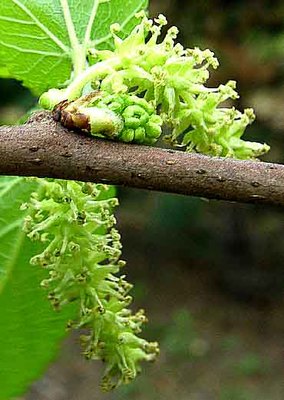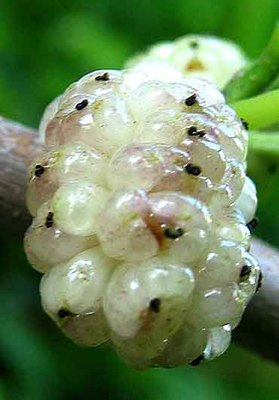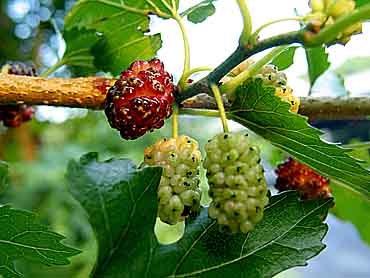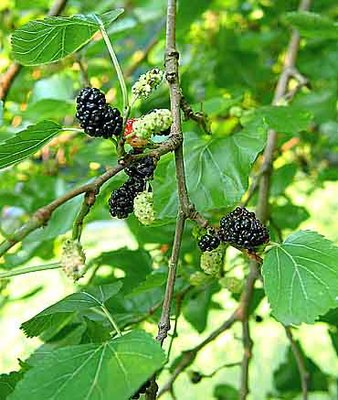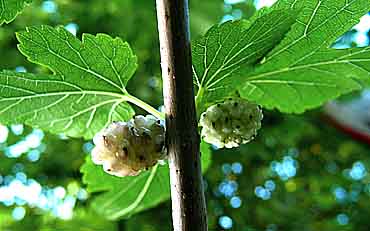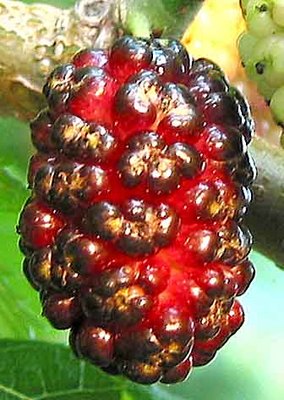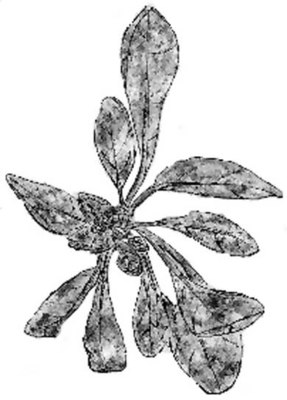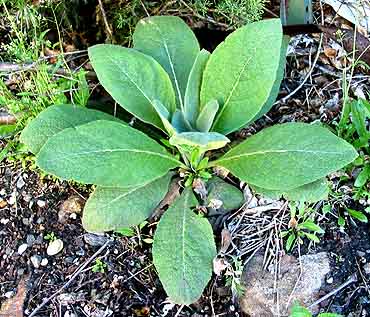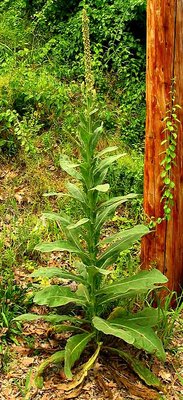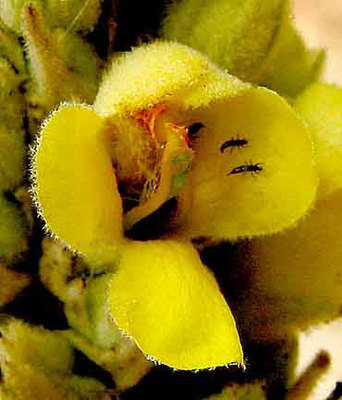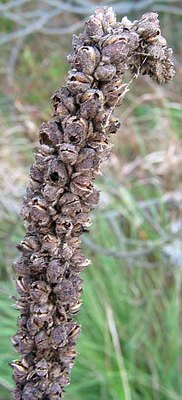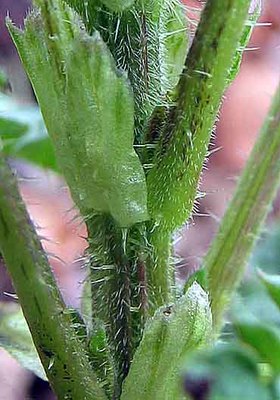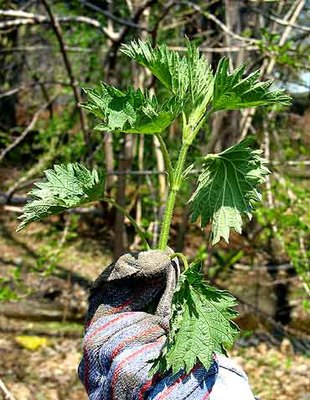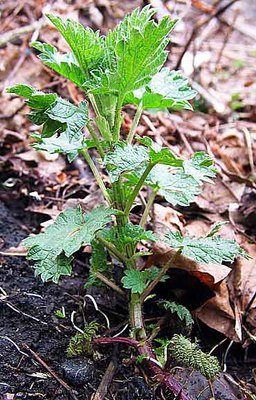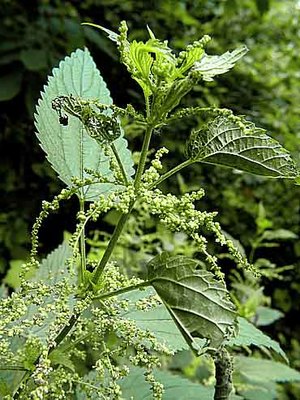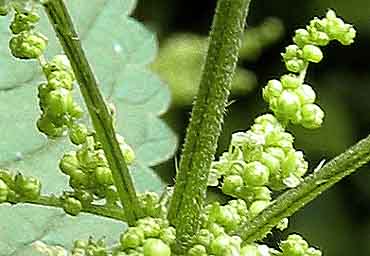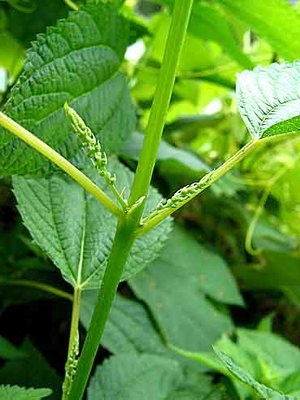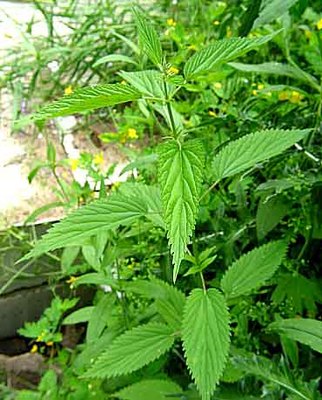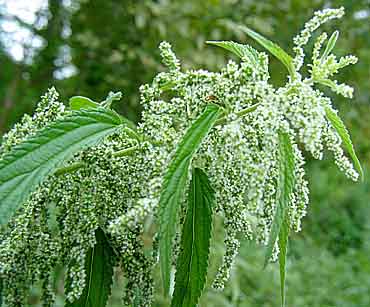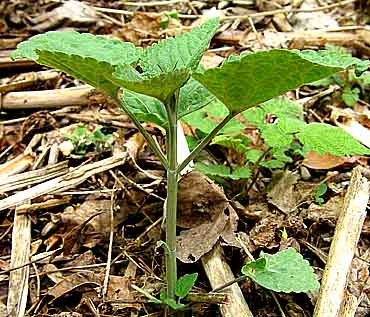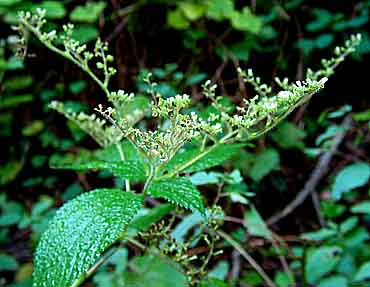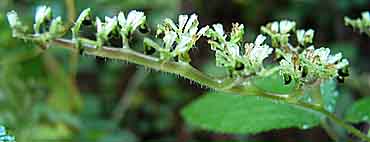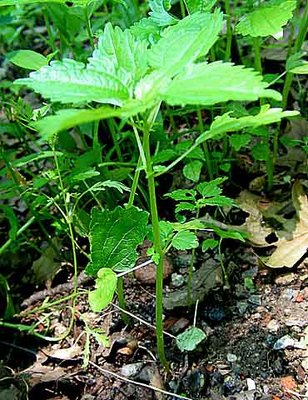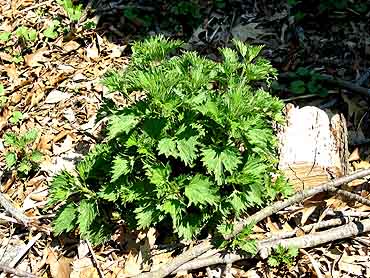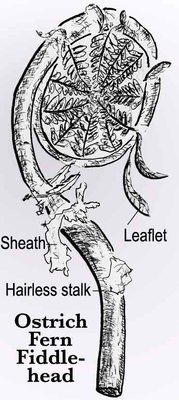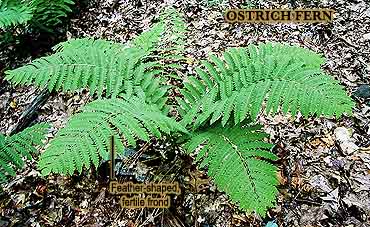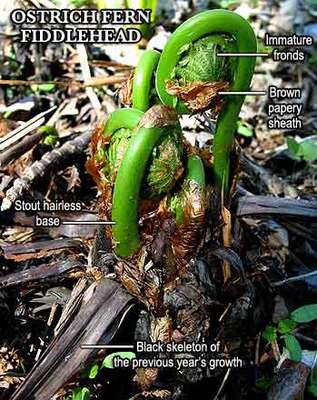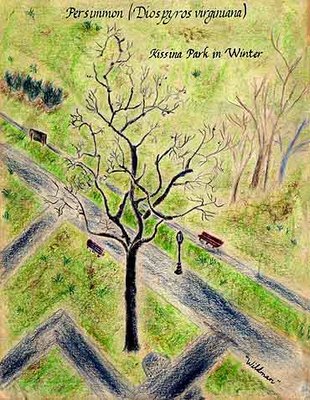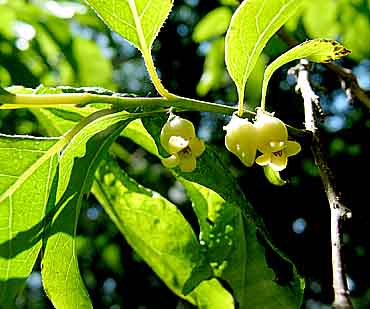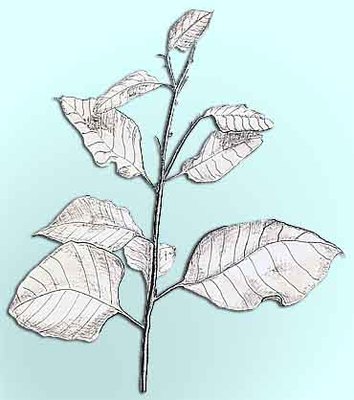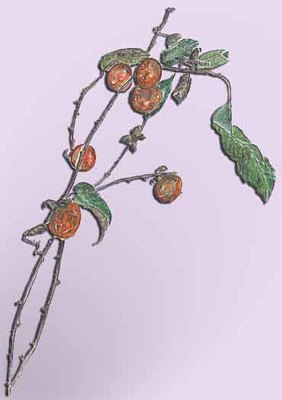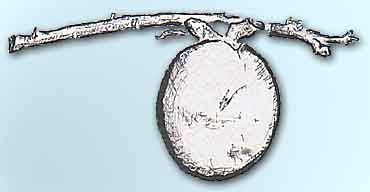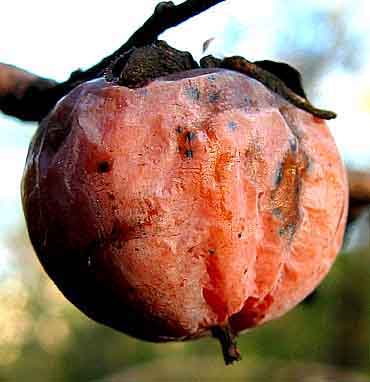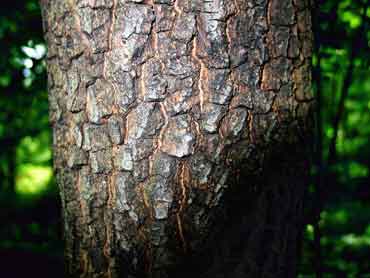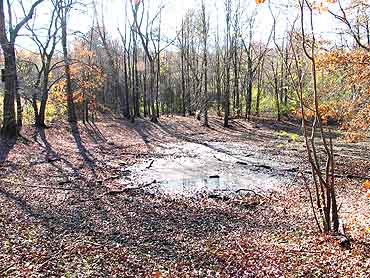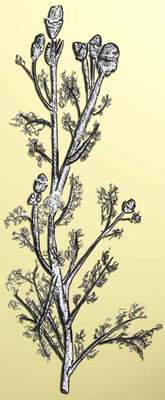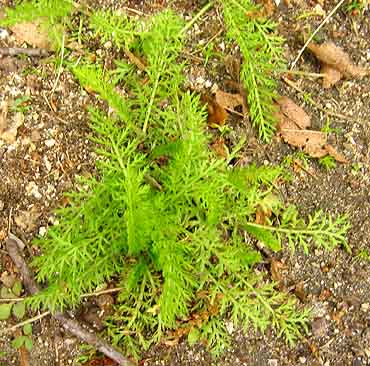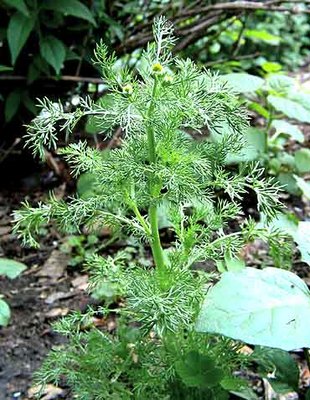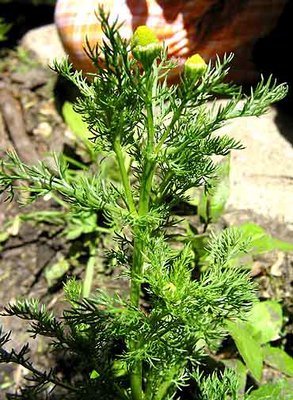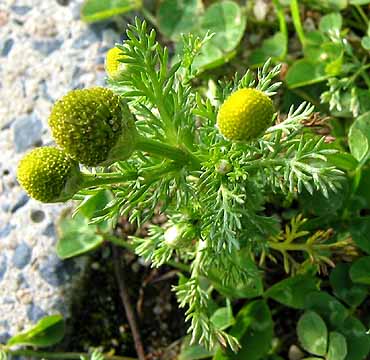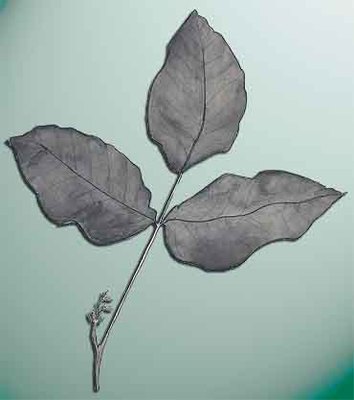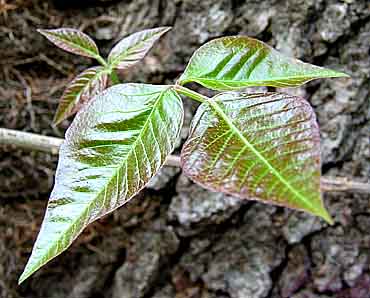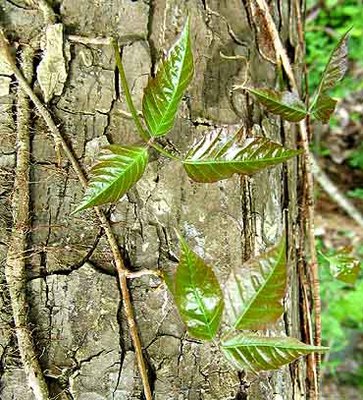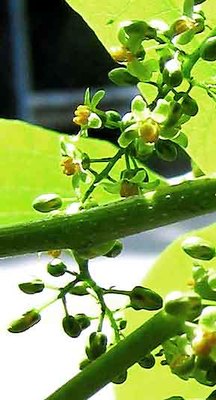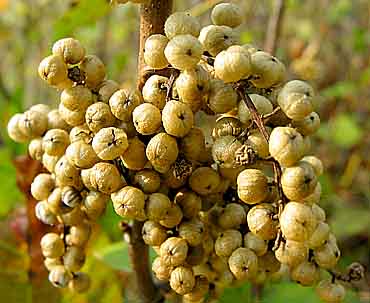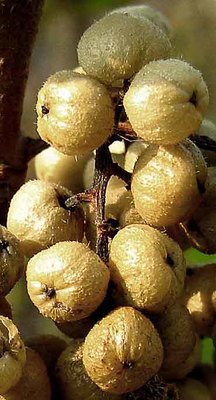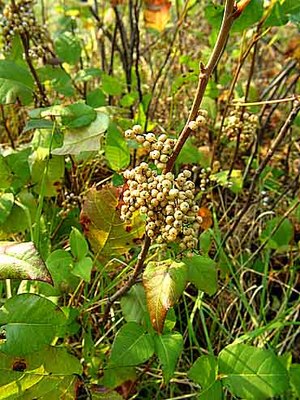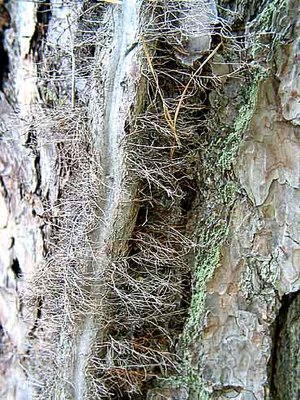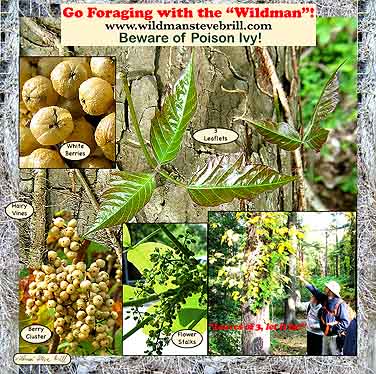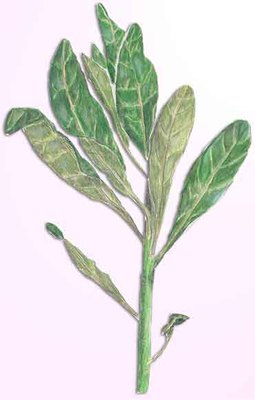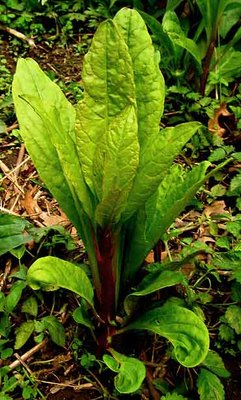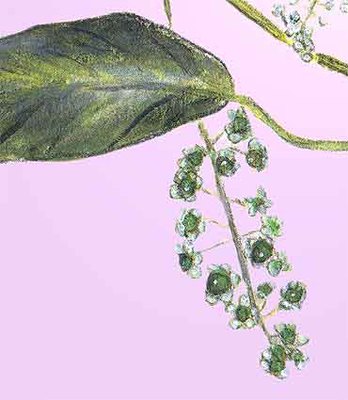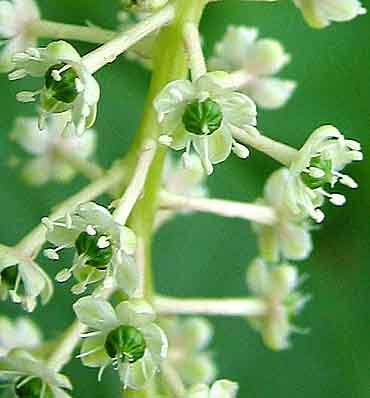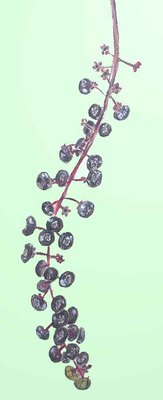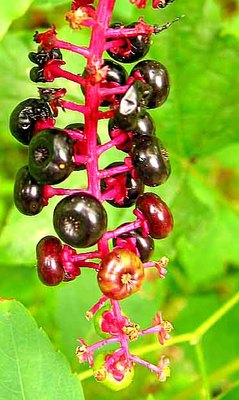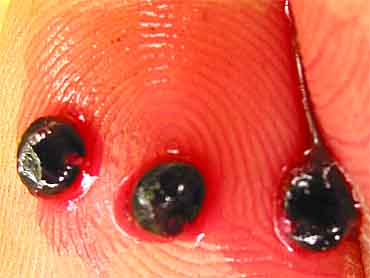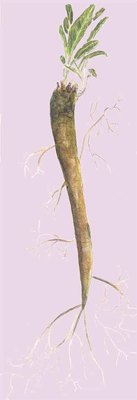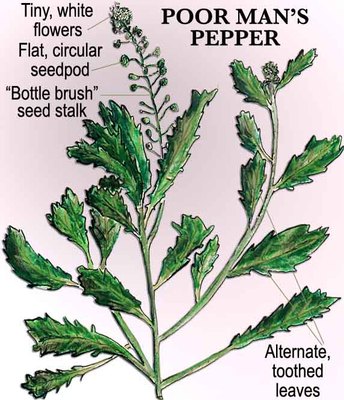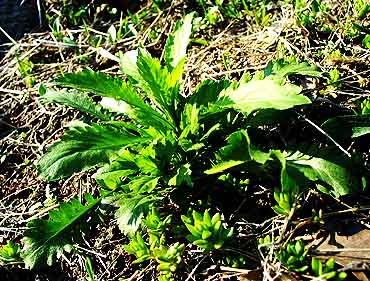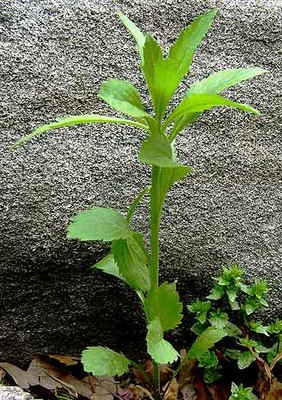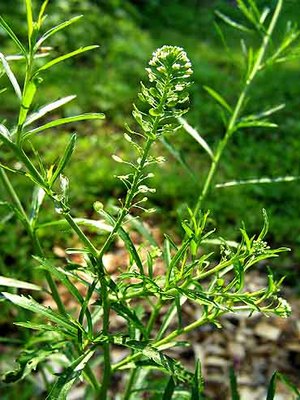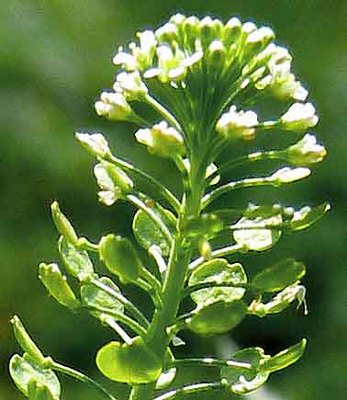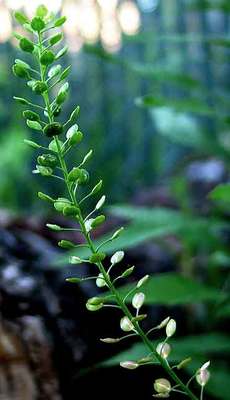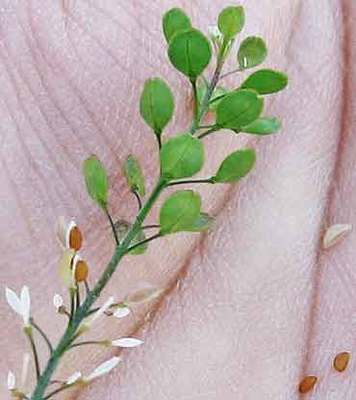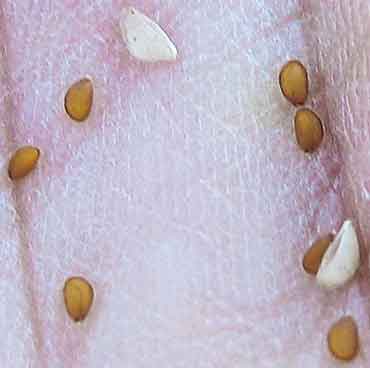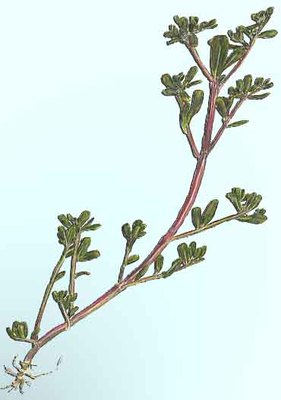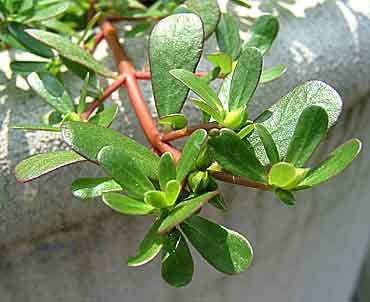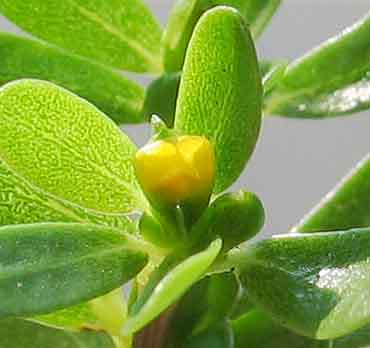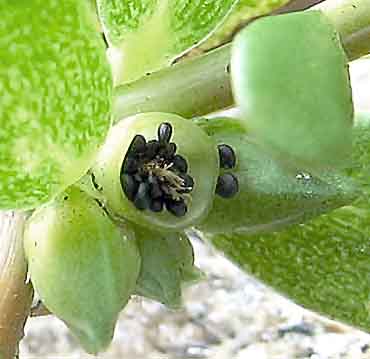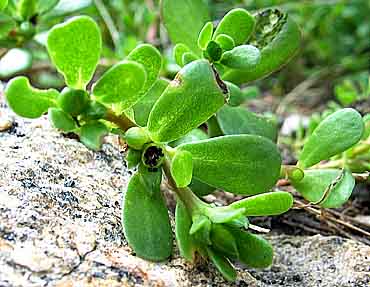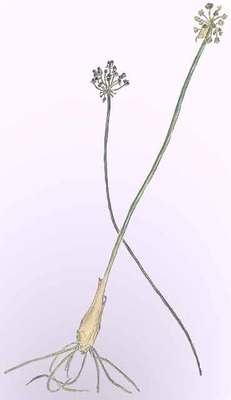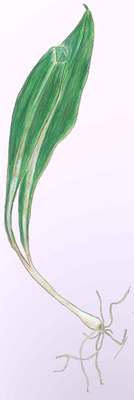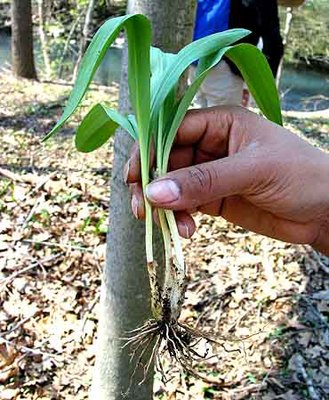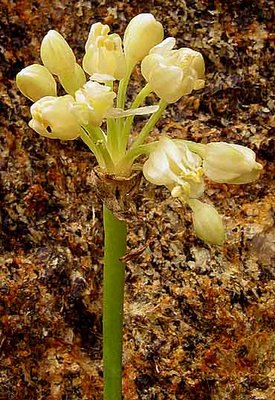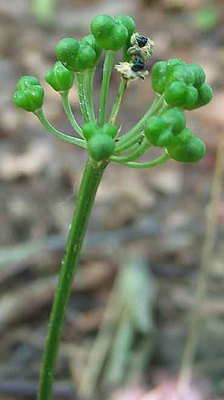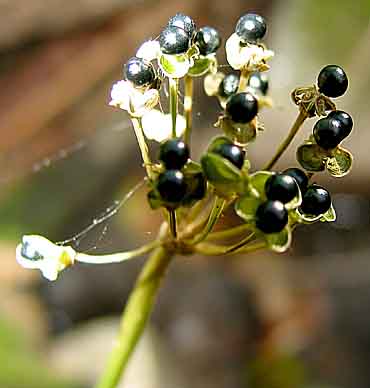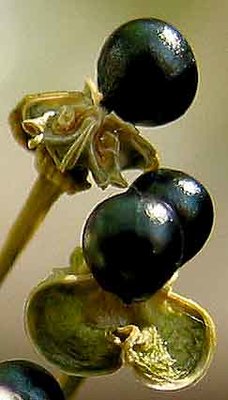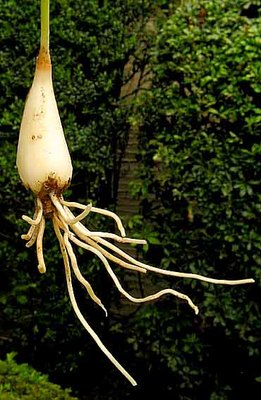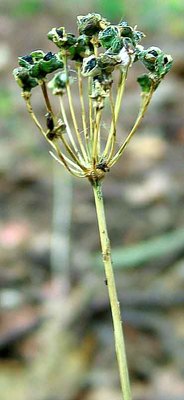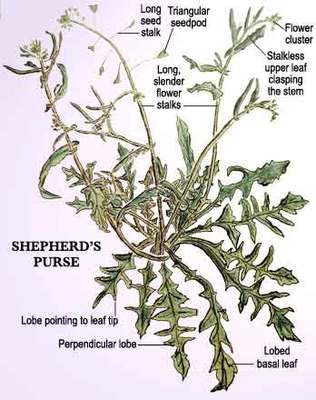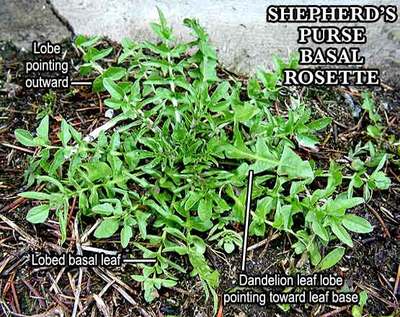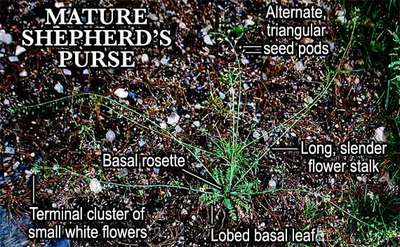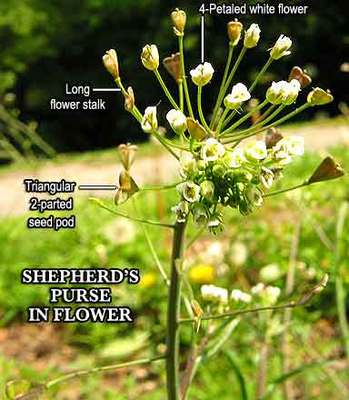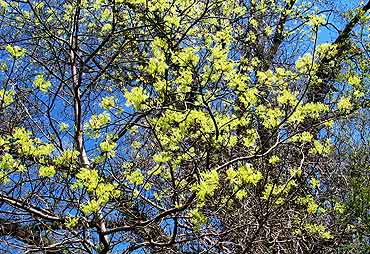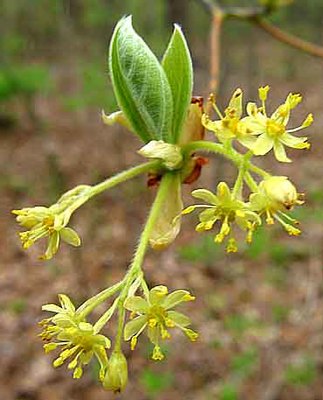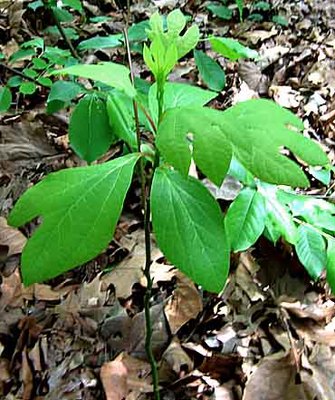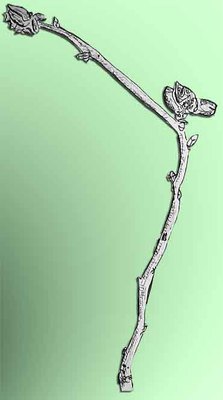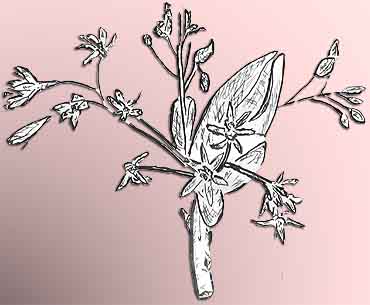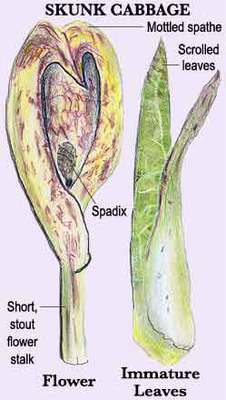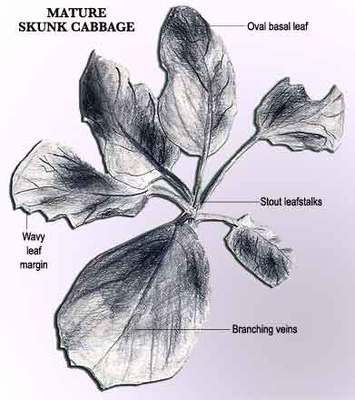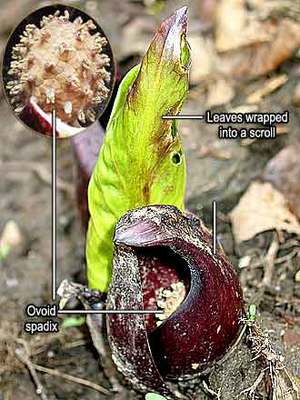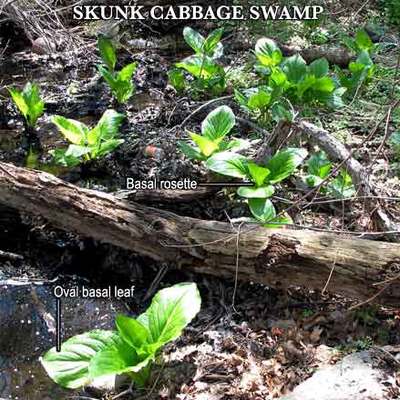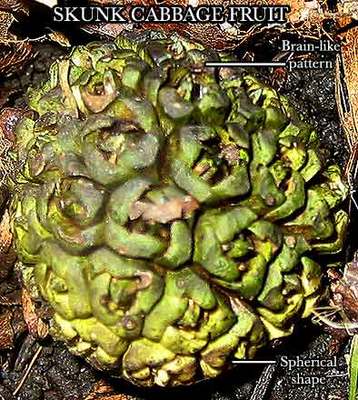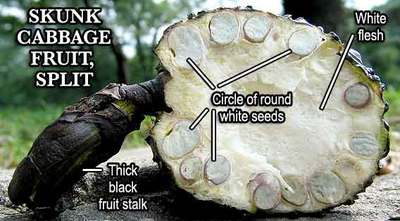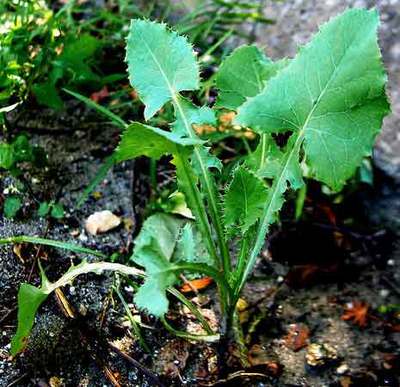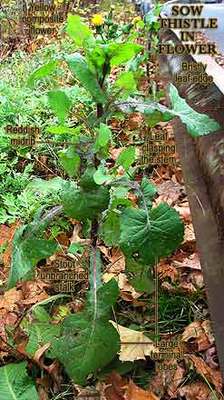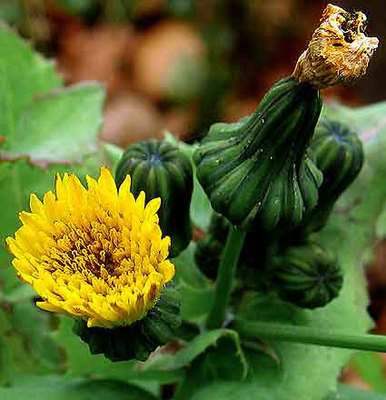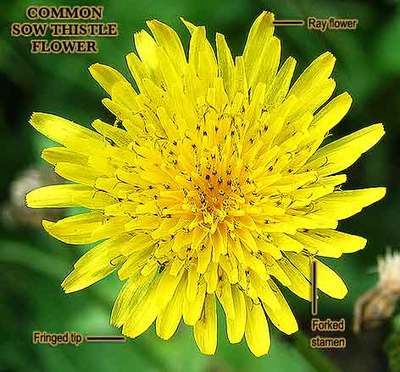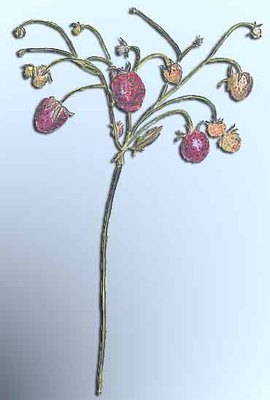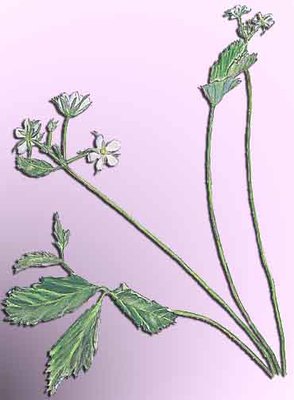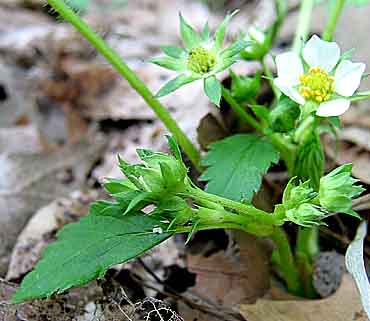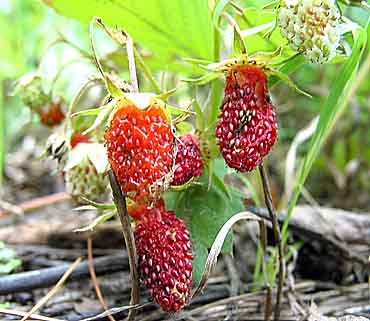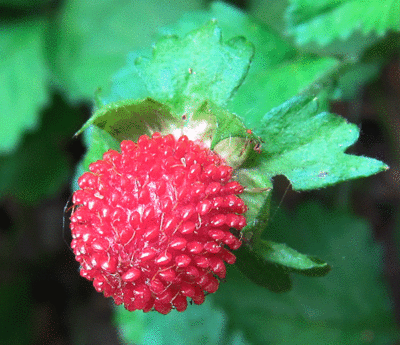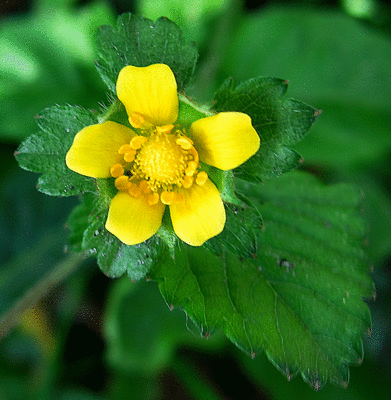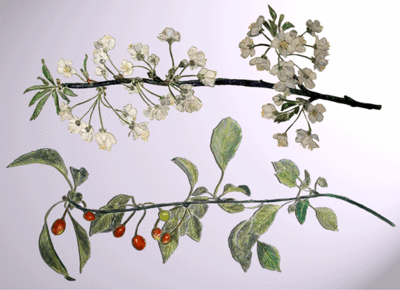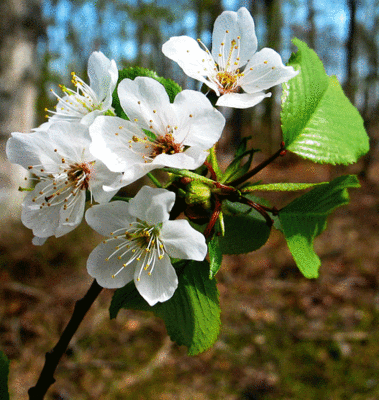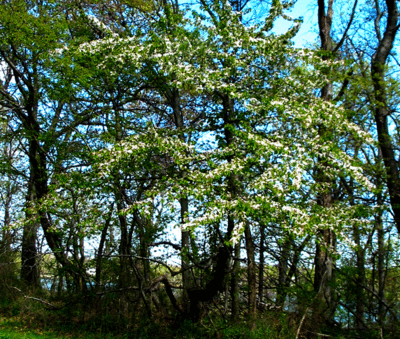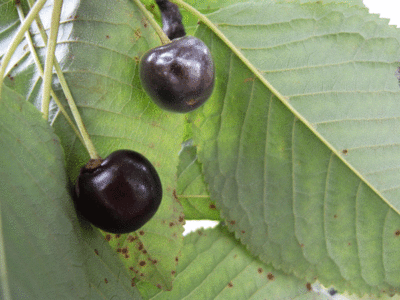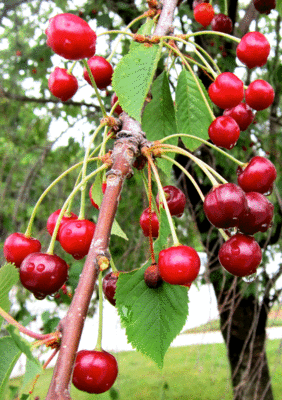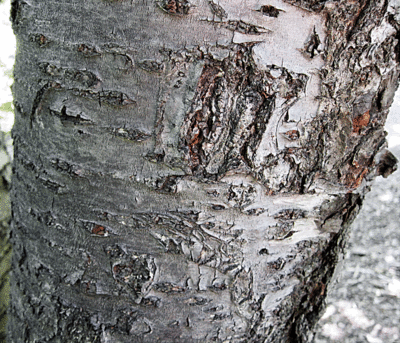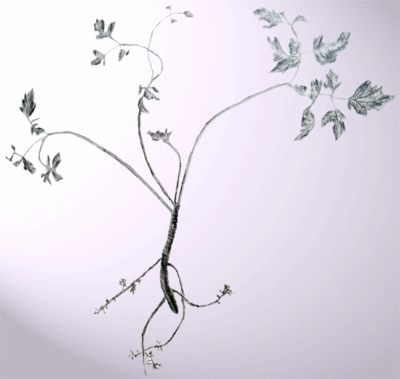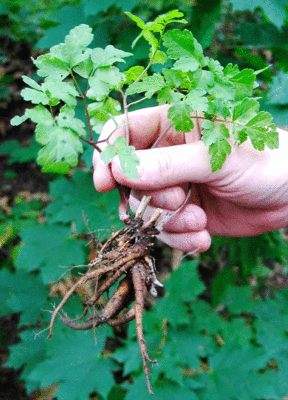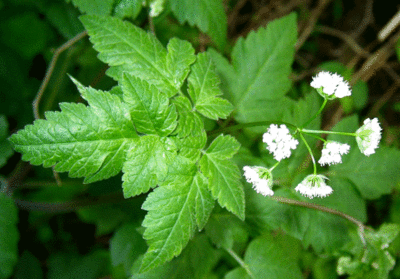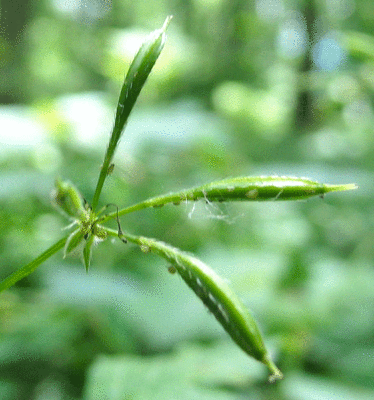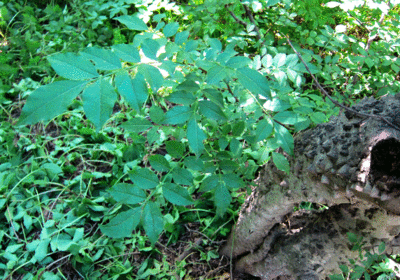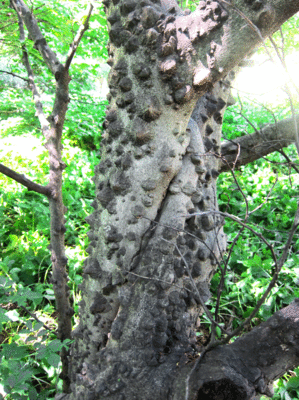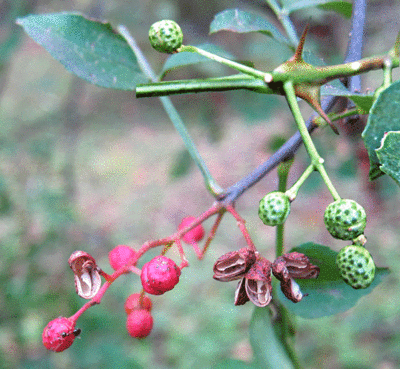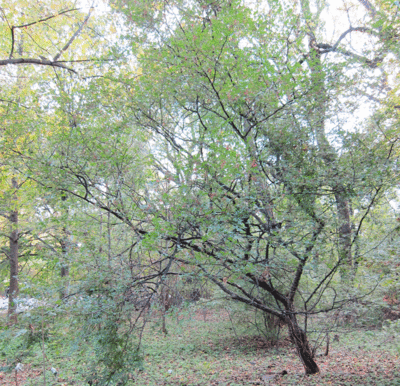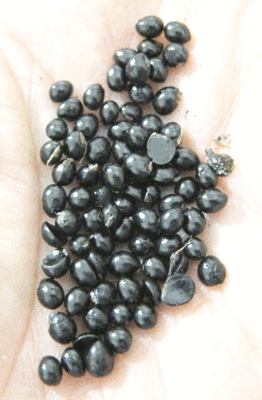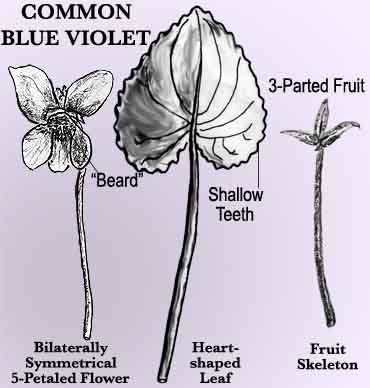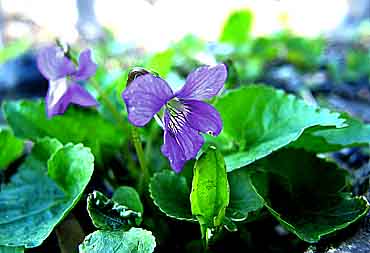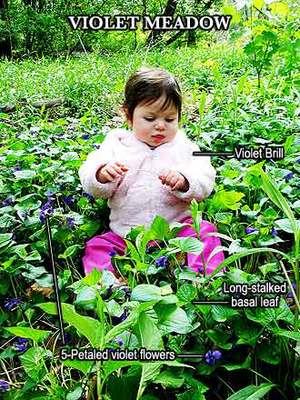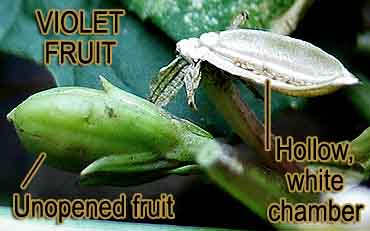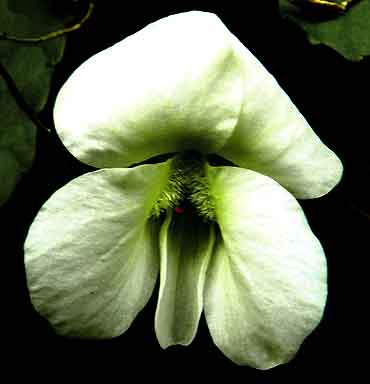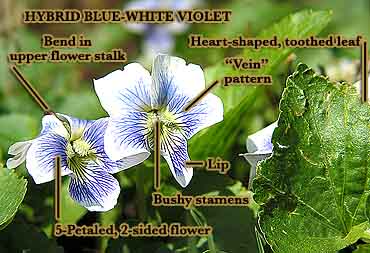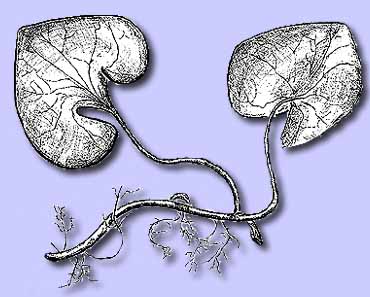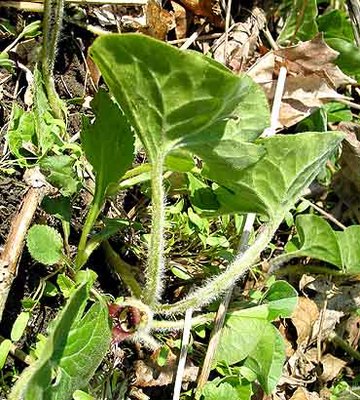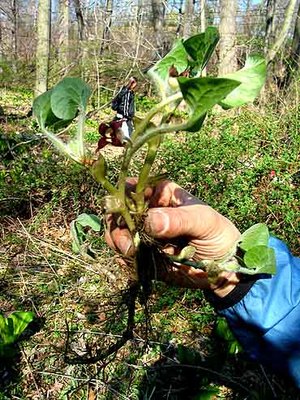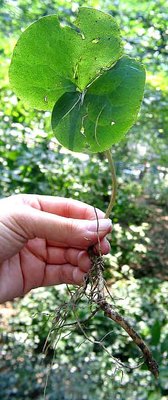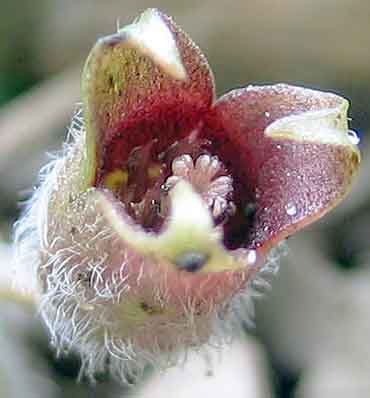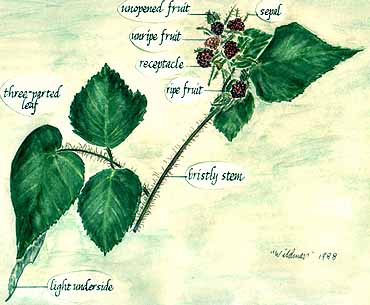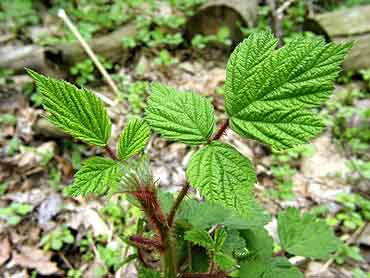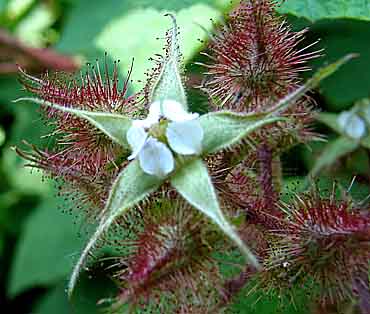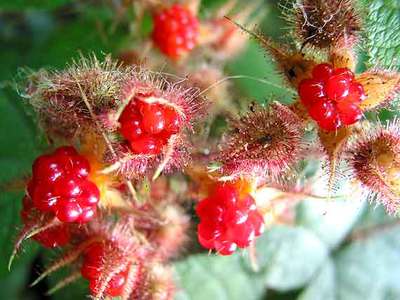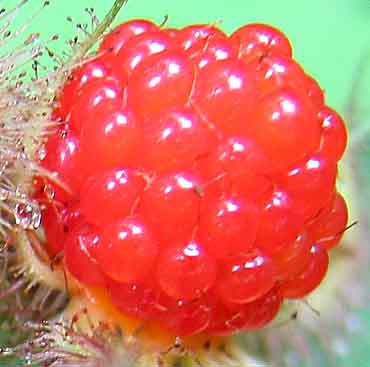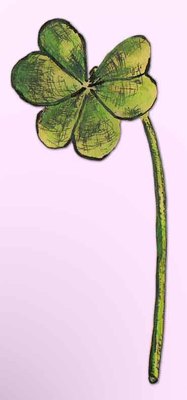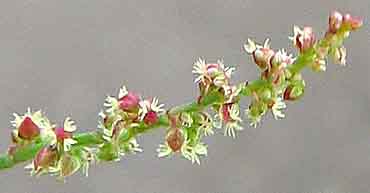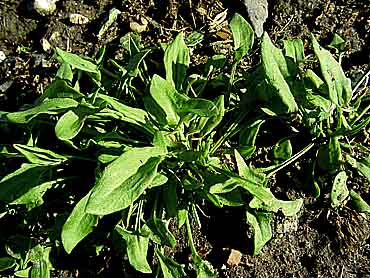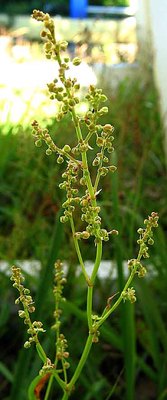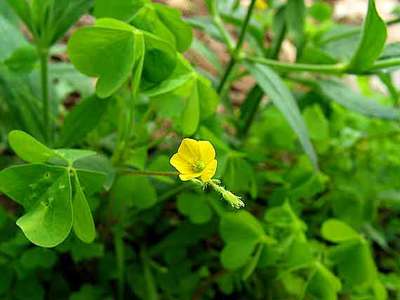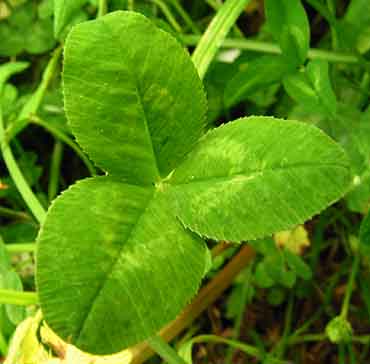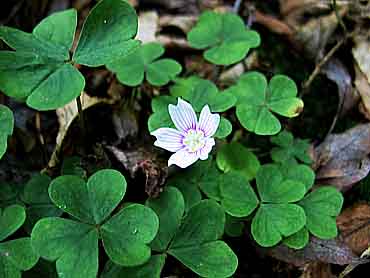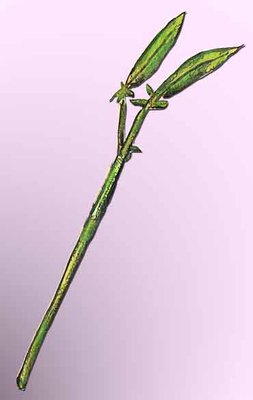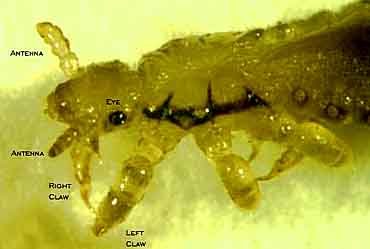Sumac
Status: Edible Plant, Medicinal Plant
Scientific Name: Rhus spp.
Alternative Common Names: Smooth sumac is also called red sumac. Winged sumac is also called dwarf sumac or shining sumac. Skunkbush is also called sourberry, three-leaf sumac, and squawbush.
Groups: Anacardiaceae, the cashew family or sumac family
Plant Type: Shrub, Tree
All Seasons This Plant is Edible: Mid-spring, late summer, early fall, mid-fall, late fall
Primary Seasons This Plant is Edible: Late summer, early fall, mid-fall, late fall. The berries of various sumac species come into season from late summer through fall. Smooth sumac and squawbush ripen in late summer, staghorn sumac ripens in early fall, and winged sumac ripens in mid-fall. And you can harvest the edible young shoots in the spring.
Food Uses: Salad, potherb, seasoning, tea/beverage
Parts to Use: Fruit/Berry, Shoot
Habitats: Staghorn, smooth, and winged sumac all grow in full or partial sunlight, in old fields, thickets, edges of woods, disturbed areas, canyons, stream banks, roadsides, dry sandy or rocky soil, and near the seashore. Skunkbush grows on slopes, plains, and canyons.
Primary Habitats: Fields, thickets, disturbed habitats, edge habitats, trail- and roadsides, woodlands, seashore, parks
Range: Various sumac species grow throughout North America. Winged and staghorn sumac grow throughout Eastern and Central North America. Smooth sumac grows throughout North America. Skunkbush grows in the western half of the US, but it's also planted in parks on the East Coast—I've seen it in Central Park.
Prevalence: Common species, Native species
Place of Origin: Native
How to Spot: Look for dense stands of small trees or shrubs, with stout twigs that exude white sap. Sumac usually has long, feather-compound leaves, upright terminal spikes or panicles with many tiny, yellow to green-yellow, five-petaled flowers, and upright fruit clusters consisting of many tiny, spherical, hard, red berries.
General Information: This is a group of shrubs or small trees which usually use underground runners to form dense stands. They can reach from four to 30 feet in height. The stout twigs exude a white, sticky sap when broken.
Their lemon-scented alternate leaves, usually feather-compound but sometimes palmate-compound, can grow to over two feet long. The many pointed, toothed, paired, elliptical to lance-shaped leaflets on the feather-compound leaves, pointed at both ends, turn a beautiful scarlet in the fall.
Fragrant terminal spikes or panicles two to 12 inches consisting of many tiny yellow to green-yellow, five-petaled flowers bloom in mid-summer. They give way to dense clusters of small, hard, dry, sticky, spherical, red berries, each with a stony seed inside. The berries turn rust colored with age and persist through the winter, even more faded, and attached to their brown, stiff, branching stems.
Many sumac species grow throughout America. Here's a sampling: Staghorn sumac (R. typhina) is a shrub or small tree that usually grows from four to 15 (sometimes 30) feet tall. Without much of a trunk, its branches spread to create a wide crown. Covered in velvet, its furry, forked branches resemble a stag’s antlers, especially in the winter when they're bare. 16 to 24 inches long, each feather-compound leaf is composed of 11 to 31 sharply toothed, lance-shaped leaflets. Dense, rust-colored hairs coat the leaf stalks. Blooming in mid-summer, the dense, cone-shaped, male and female flower clusters, eight inches long, grow either on the same or on separate shrubs. The fruit clusters that follow, with berries 0.125 inches across, are also furry.
Smooth sumac (R. glabra) is a shrub or small tree up to 20 feet tall. The feather-compound leaf is 12 to 18 inches long, with 11 to 31 lance-shaped leaflets, whitish underneath, two to four inches long. Pointed, sharply-toothed, and whitish underneath, a smooth, reddish midrib grows between the leaflets. Male and female flowers grow on separate plants in dense, cone-shaped clusters eight inches long. The shrub isn't hairy, and the fruit clusters are looser than staghorn sumac’s.
Winged sumac (R. copallina) grows up to 30 feet tall, with a short trunk and spreading branches. The feather-compound leaf grows up to 12 inches long, with of seven to 15 shiny, mostly toothless leaflets. The leaf’s midrib features distinct pairs of thin, flat membranes called “wings.” The flowers grow on pyramidal panicles three to five inches wide. The short-hairy fruit clusters are less dense than most other species.
Skunkbush's (R. trilobata) densely hairy twigs release a strong, unpleasant odor when you break them, accounting for its name. Its three-parted palmate-compound leaf grows two to three inches long, with very coarsely toothed, sometimes lobed leaflets, dark green and shiny above. The small, white to creamy yellow flowers grow in spike-like terminal clusters. The terminal clusters of berries are so much smaller than the species discussed above, that one will easily fit into your hand, but the berries are a little larger than most other species'.
Positive ID Check:
- Small trees or large shrubs with stout twigs exuding white sap when cut
- Usually very large, feather-compound (sometimes palmate-compound) leaves, usually fragrant when cut
- Upright panicles or spikes of many tiny, yellow or green-yellow, five-petaled flowers
- Dense, upright clusters tiny, hard, spherical, red or red-orange berries
Harvesting: The best time to harvest the ripe berries is after a prolonged dry spell. The worst time is the day after it's rained, when most of the flavor has been washed away.
The best berries are brightly colored and dotted with whitish deposits of tasty acid. Pinch a berry and touch your finger to your tongue. You should detect a strong, sour flavor. This means it's harvest time.
Cut off the red seed heads with garden shears or a knife and transfer them to a bag, or twist and break them off with your hands.
Food Preparation: Don't rinse off these berries before use or you'll wash all the flavor down the drain. The best-known way to use sumac is by making a wonderfully flavored pink lemonade with it. Submerge the berry cluster (minus any six- or eight-legged stragglers) in a bowl of room temperature or warm water, and squeeze and twist it with your hands for a minute or so (you may also steep the clusters in hot water, but lemonade is better cold). Strain out the berries through a fine sieve or cheesecloth-lined colander, sweeten to taste, and enjoy.
You can also make sumac concentrate, which you can use like lemon or lime juice.
The young growth at the tips of the plants—the shoots, are also edible, raw or cooked, after you peel them. They make quite a tasty vegetable you can use in a variety of dishes.
Nutrition: Sumac is an excellent source of vitamin C. Most colorful fruits contain healthy proanthocyanins, but sumac hasn't been tested for these yet.
Medicinal Uses: Sumac is an astringent, and it's been used in herbal medicine as an antiseptic and tonic. Sumac pink lemonade was used for fever. It may not get rid of the fever, but like lemonade, it will make the patient fell a little cooler.
A decoction of the cambium or an infusion of the leaves has been used for diarrhea, dysentery, asthma, urinary tract infections, sore throat, chronic gum problems, and cold sores. The Native Americans chewed the root to ease swollen or infected gums and to stop kids' bed-wetting, and they applied sumac compresses to burns and cuts, to stop bleeding, and reduce swelling. This plant certainly merits scientific testing.
Poisonous Lookalikes: Make sure the flower clusters are upright, and the clusters of berries are upright and red or red-orange. Poison sumac (Rhus vernix) has drooping clusters of white berries, quite different from the edible species. Touch it, and you'll have a severe rash for a month that can recur over and over.
Poison oak has leaves similar to skunkbush, but the flowers are small and inconspicuous, and the berries are yellow-brown, not red.
Cautions: Sumac is related to cashews, mangoes, and poison ivy. If you're you're so sensitive to poison ivy that you can't eat cashews or mangoes, you should avoid sumac too.
Similar Plants and Confusing Factors: In the Middle East, people use dried, ground sumac berries as a seasoning. That works with the species that grow there, but not with American ones, which have hard, stony seeds inside the berries. However, you can usually substitute Sumac Concentrate in recipe that calls for sumac, with good results. Just subtract a volume of liquid in the recipe equal to that of the Sumac Concentrate you're adding.
The black walnut tree has leaves similar to sumac's, but it's a much larger tree with different flowers, and edible nuts rather than berries in the fall. Also, the leaf doesn't exude a white sap, as sumac does.
The similar-looking leaf of the ailanthus tree (Ailanthus altissima) smells like rotten peanut butter and doesn't exude a white sap. Again, all other features are different.
The mountain ashes or rowan trees also have similar leaves, but again, no milky sap, and much larger, round, red or orange edible berries.
Sumac Concentrate: I've discovered that you can make a very useful and tasty sumac concentrate by processing about five batches of sumac through the same water. When you achieve the acidity of lemon juice, you can use this in any of the thousands of recipes that need a touch of acidity or call for lemon juice or lime juice, or vinegar.
Sumac will imparts its own special flavor to any appropriate dish, from salad dressings to desserts. It's especially good with mulberries, which lack the acidity of other berries, or other non-acidic fruits such as bananas, papayas, or pawpaws, not to mention mild-flavored vegetables such potatoes or cauliflower.
You can also freeze sumac concentrate in ice cube trays, pack the sumac cubes into freezer containers, and defrost as needed.
Sumac berry clusters, unwashed
Lukewarm or room temperature water as needed
1. Place the 1/5th of the sumac in a bowl, cover it with water, and squeeze and rub vigorously with your hands for a minute or so, or until most of the color has been transferred into the water.
2. Strain out the used sumac in a colander, and put the colored water back in the bowl.
3. Repeat step 1 with the remaining 4 portions of fresh sumac branches successively, until you've used up all the sumac.
4. Strain through a cheesecloth or fine sieve to remove all the debris.
Sumac-steamed Cauliflower: Here's a quick, simple way to make the best cauliflower you've ever tasted, with sumac providing an exotic touch.
1 head of cauliflower, broken into florets
1 cup of water
2 tbs. + 2 tsp. olive oil, or to taste
1 tbs. + 1 tsp. sumac concentrate, or to taste
2-1/2 tsp. salt, or to taste
1. Place the water, 2 tbs. of olive oil, 1 tbs. sumac concentrate, and the 2 tsp. salt in a pressure cooker or large saucepan.
2. Place the cauliflower on a steamer rack above the water mixture, pressure cook 1 minute, and transfer the pressure cooker to a sink partially filled with water, to stop the cooking. If you're using a saucepan, steam, covered, 15 to 20 minutes, or until the cauliflower is just tender but not mushy.
3. Serve sprinkled with the remaining olive oil, sumac concentrate, and salt. Adjust the seasoning to taste.
Serves 4 to 6
Preparation time: 10 minutes
Cooking time: 1 minute or 20 minutes
Watermelon-sumac Pops: Here’s a delicious, healthful frozen fruit dessert, where the sourness of the sumac concentrate offsets the sweet flavor of the watermelon.
6 cups watermelon, diced
1 tbs. clear liquid stevia
1 tbs. sumac concentrate or lime juice, or to taste
1. Purée all ingredients in a blender. Adjust the amount of sweetener and sumac concentrate to taste.
2. Pour into 8 ice pop mold divisions and freeze.
Makes 8 pops
Preparation time: 5 minutes
Freezing time: 3 hours
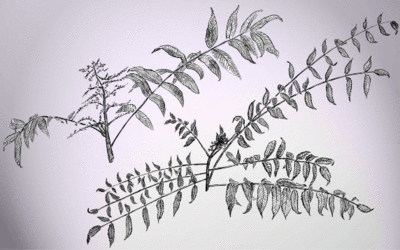
Smooth Sumac in Flower and Staghorn Sumac with Berries - Most sumacs have long, feather-compound leaves consisting of many leaflets. Smooth sumac's flower cluster is loose and spreading, while staghorn sumac's berry cluster, which replaced its flowers, is much tighter.
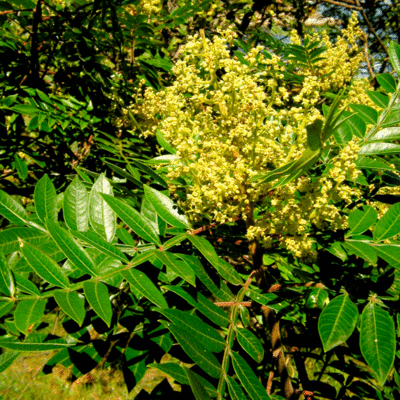
Winged Sumac in Flower - Winged sumac's large cluster of tiny, yellow flowers are typical of this plant group, but the shiny, toothless, elliptical leaflets, with pairs of flat membranes between them, are quite distinct to this species.
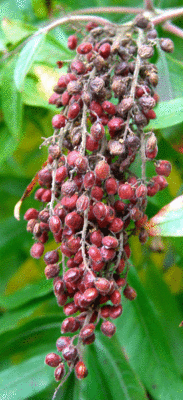
Winged Sumac Berries - Winged sumac's loose cluster or red berries are the last to ripen in mid- or even late fall.
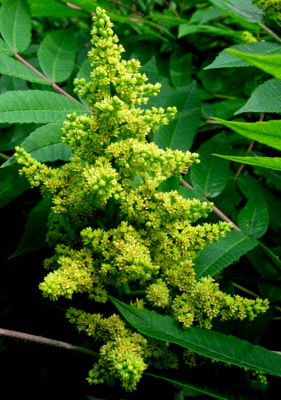
Smooth Sumac Flower Cluster - Smooth sumac has loose, cone-shaped clusters of tiny, yellow flowers. Unlike staghorn sumac, this species isn't fuzzy-looking.
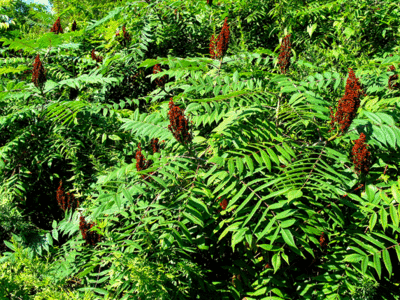
Smooth Sumac with Berries - Smooth sumac has the large, feather-compound leaves of most sumacs, and loose clusters of tiny, red berries. When the berries are red and sticky, they're perfect for making sumac pink "lemonade" or sumac concentrate.
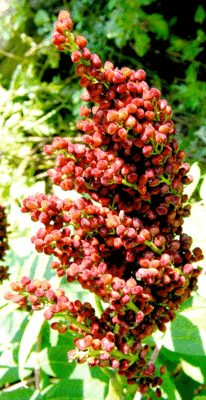
Smooth Sumac Berry Cluster - These red berries are perfect for making pink lemonade when you can see patches of sticky, whitish acid on them.
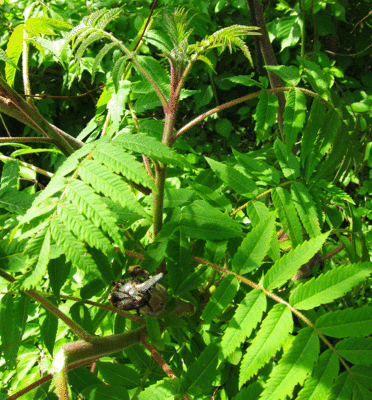
Staghorn Sumac Shoot and Leaves - Staghorn sumac has the large, feather-compound leaves of most sumacs, but its branches are fuzzy. The reddish, tender, young shoot is at the stage where it's perfect to peel and eat.
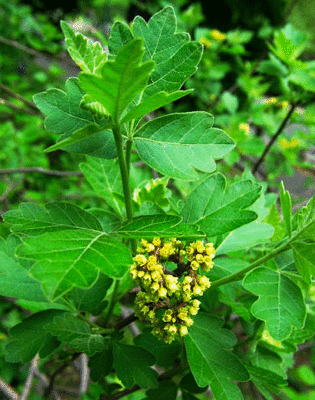
Skunkbush in Flower - Skunkbush is different from most sumac species, with a three-parted, palmate-compound instead of a feather-compound leaf. Each leaf consists of just three partially lobed leaflets. The cluster of tiny, yellow flowers is also smaller than other species'.
